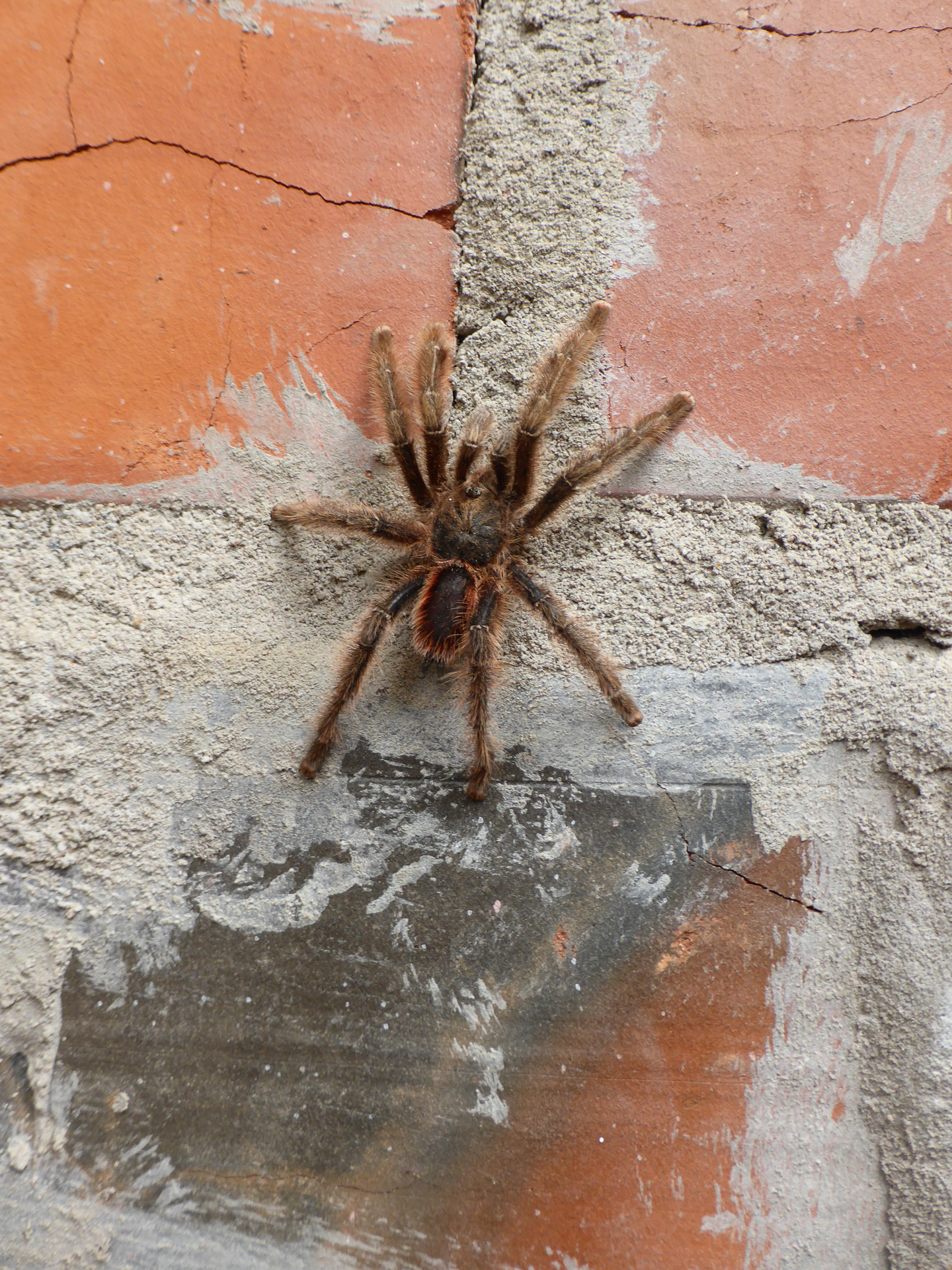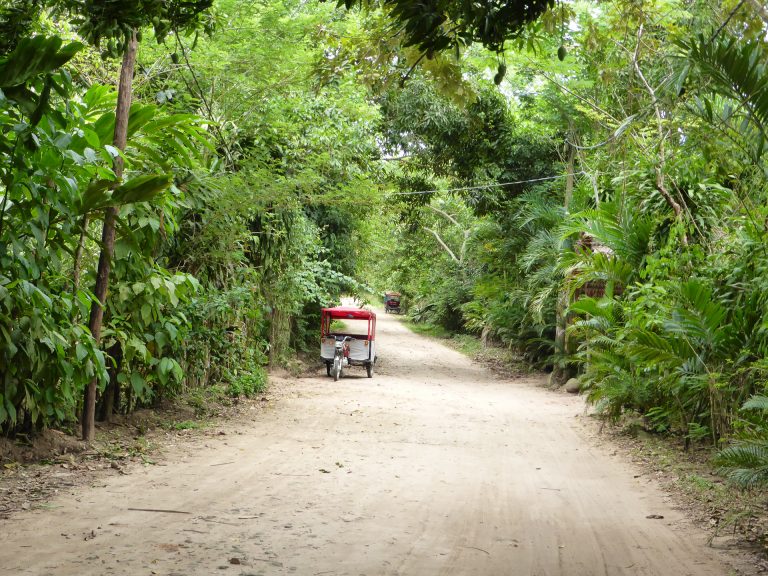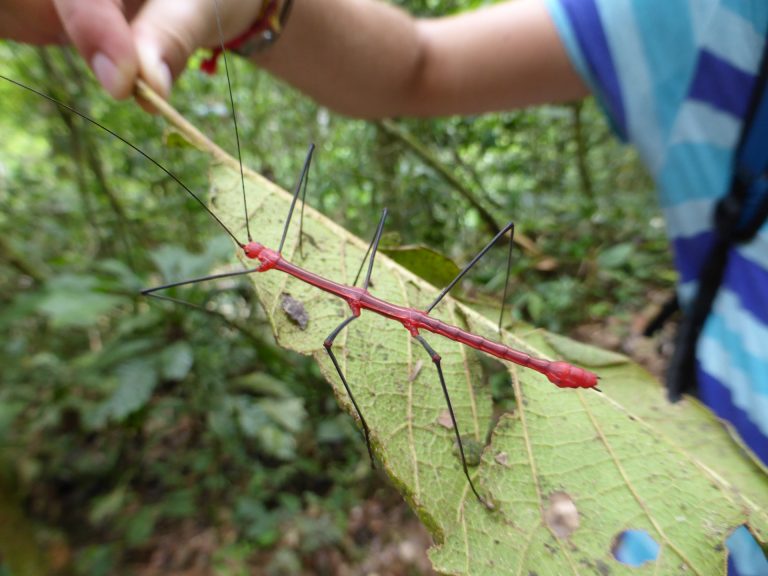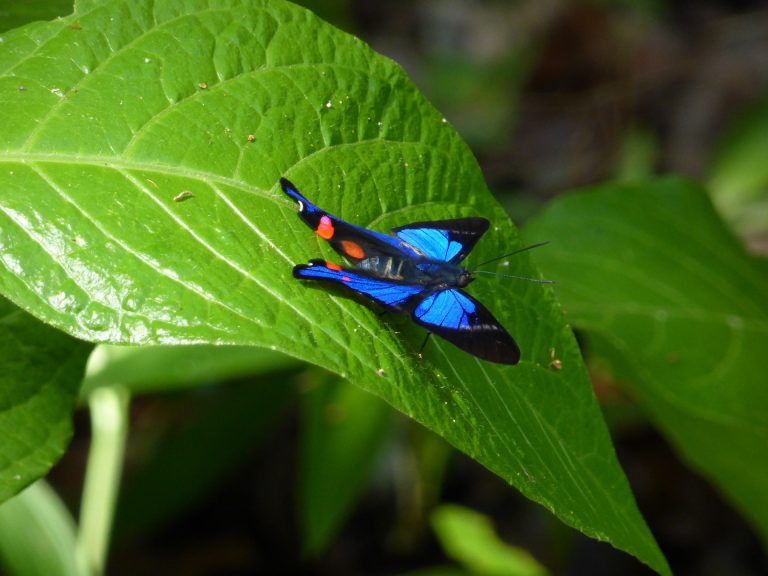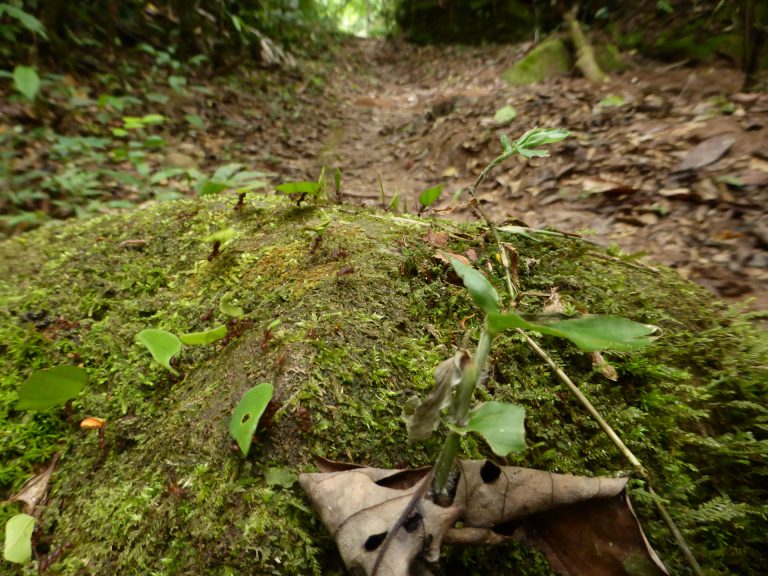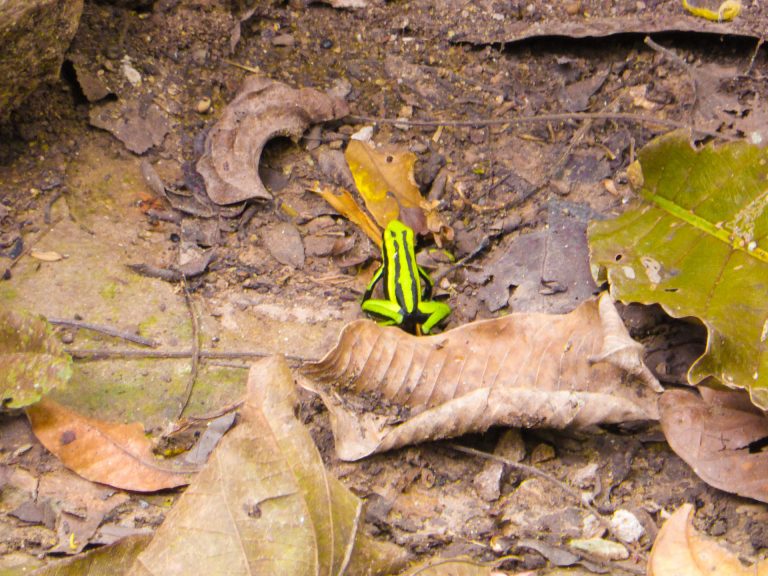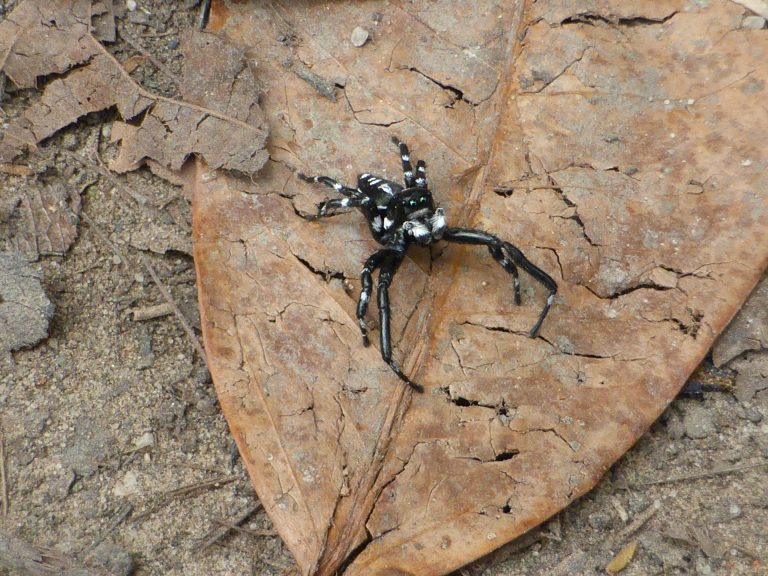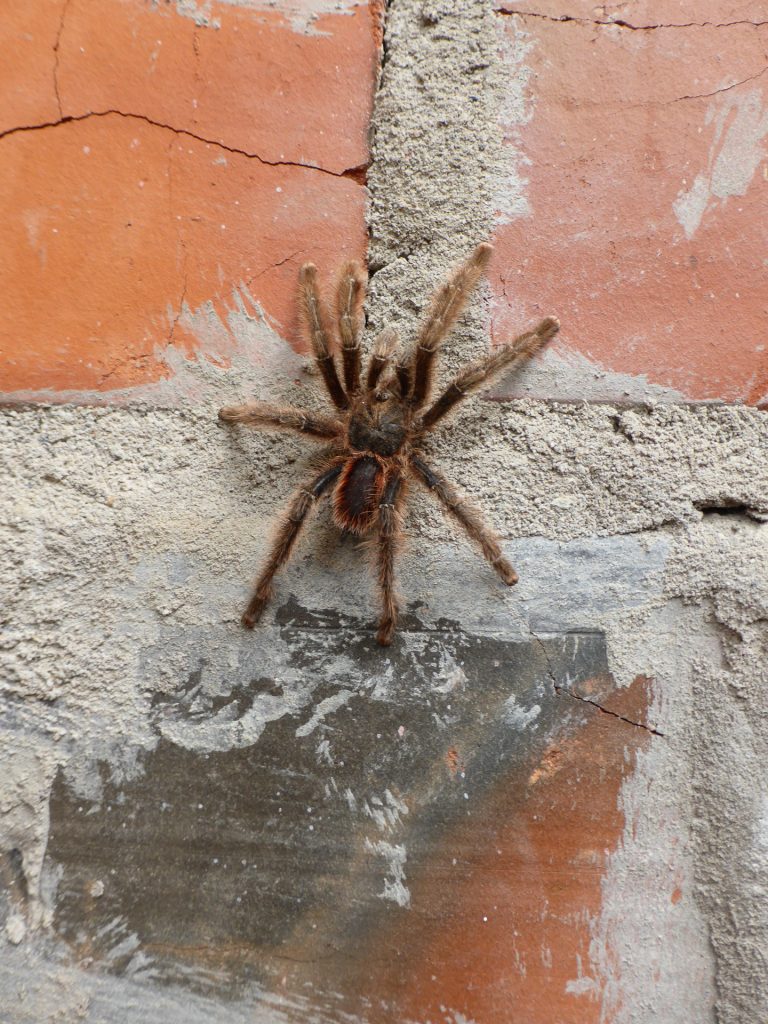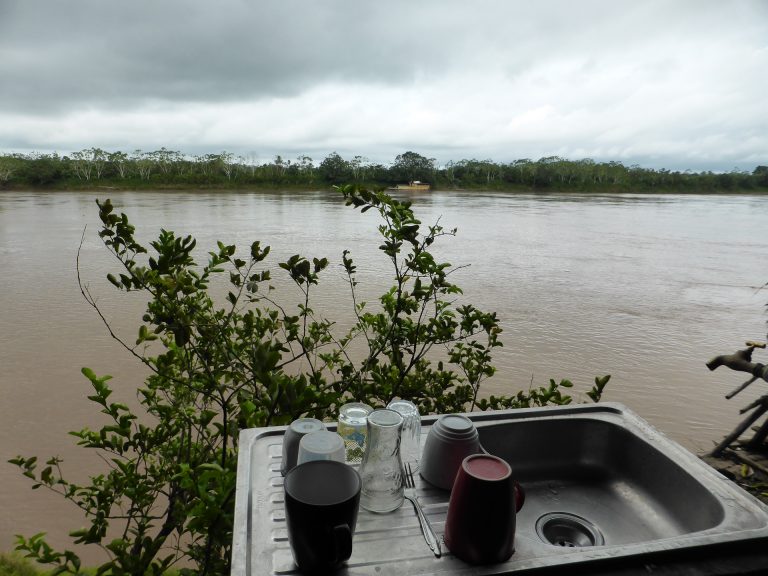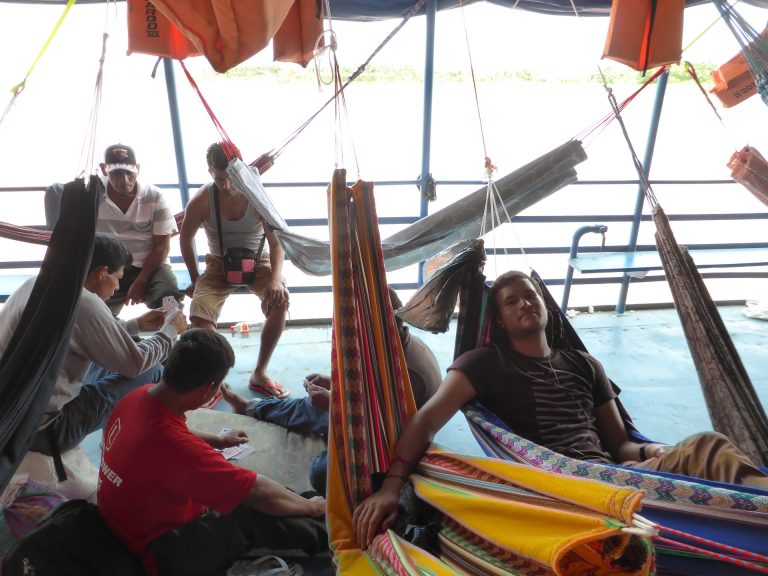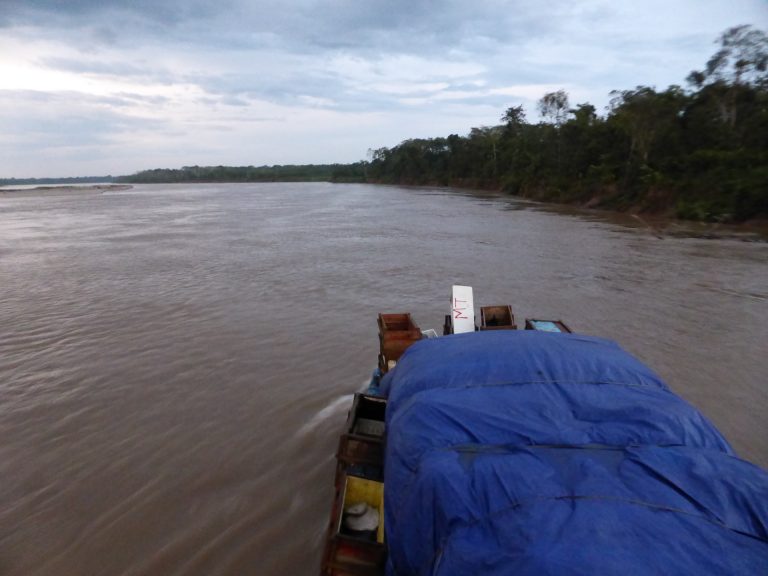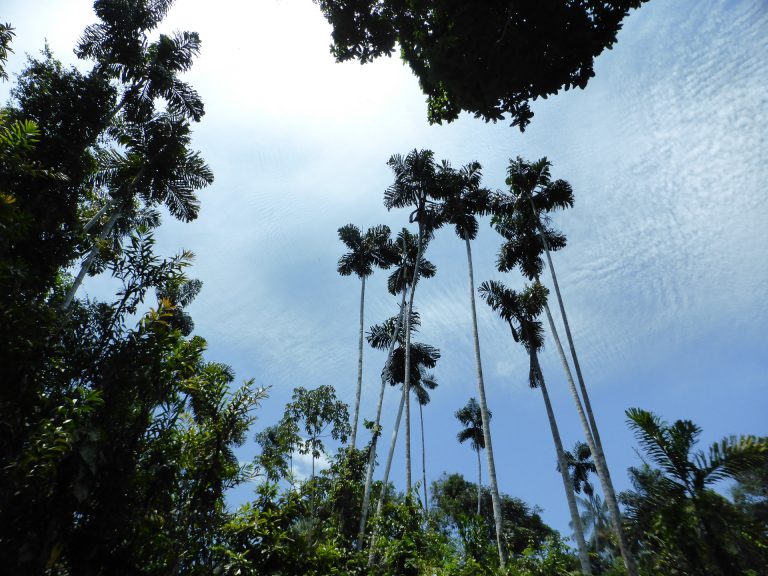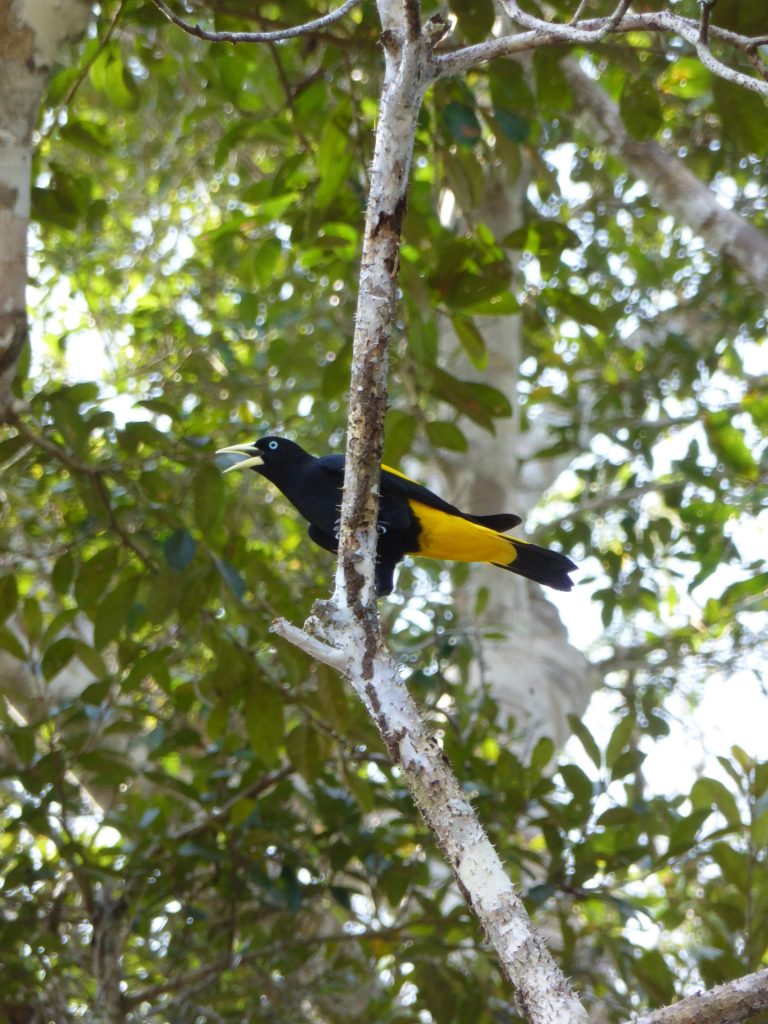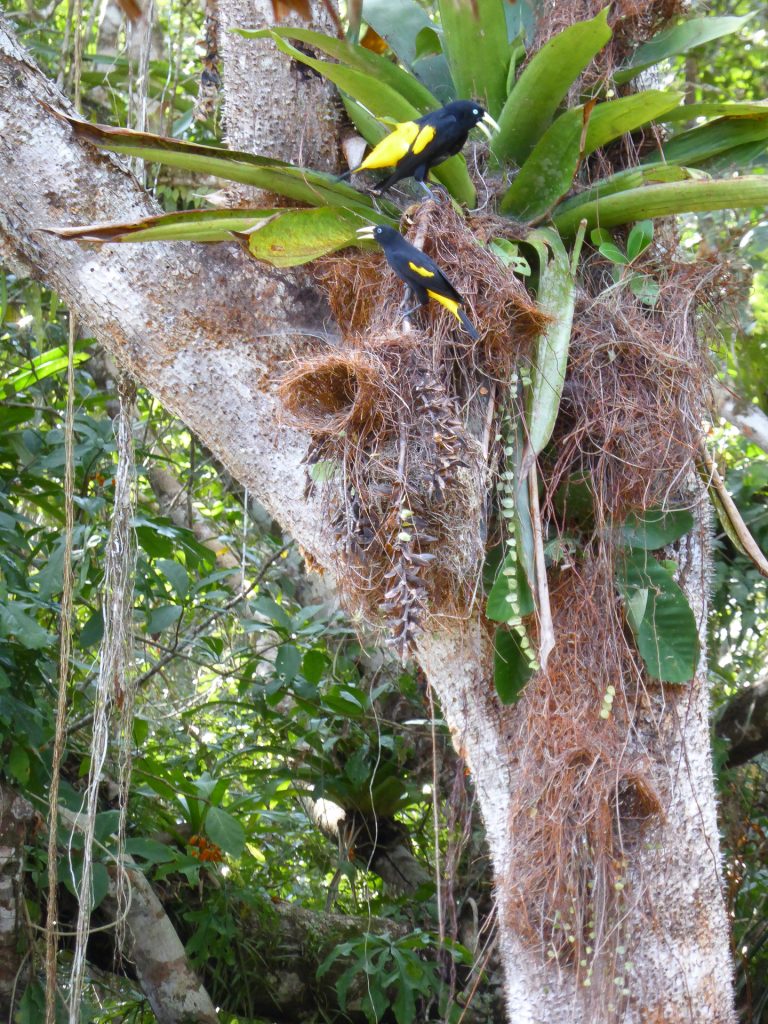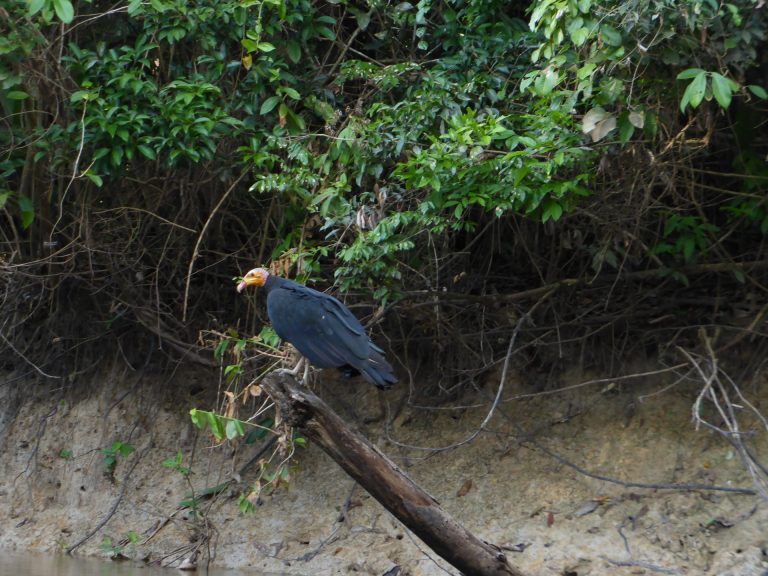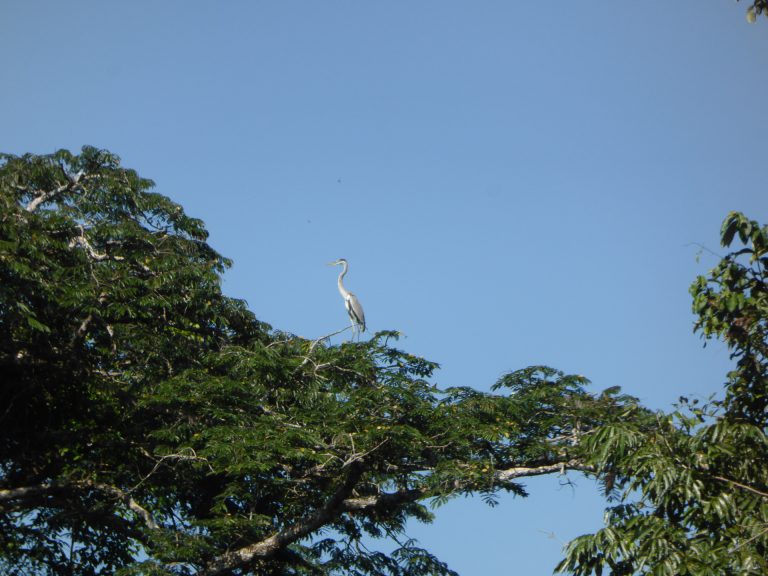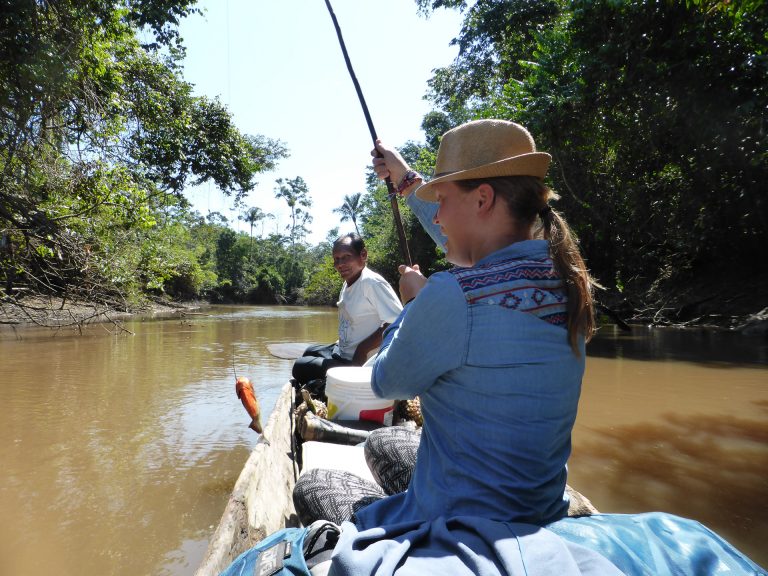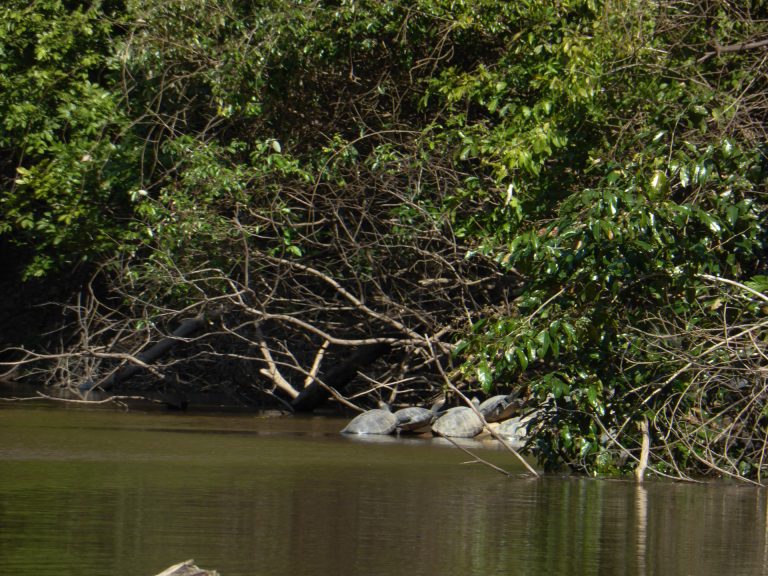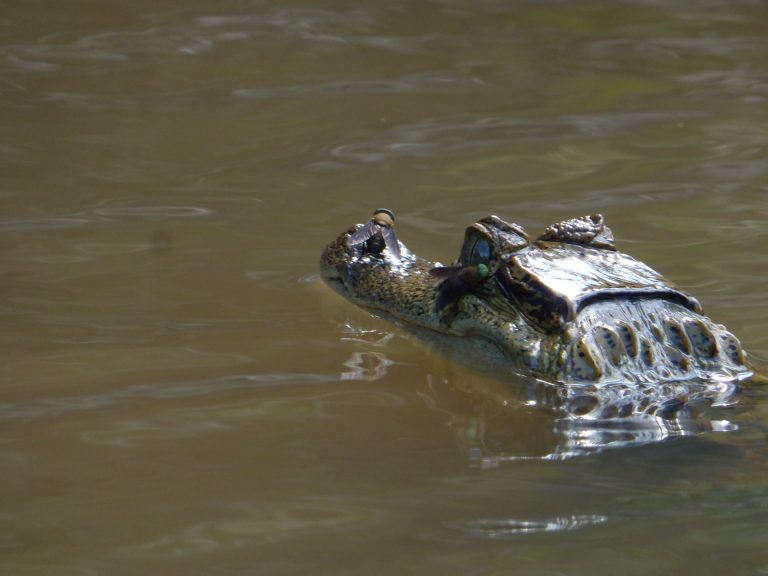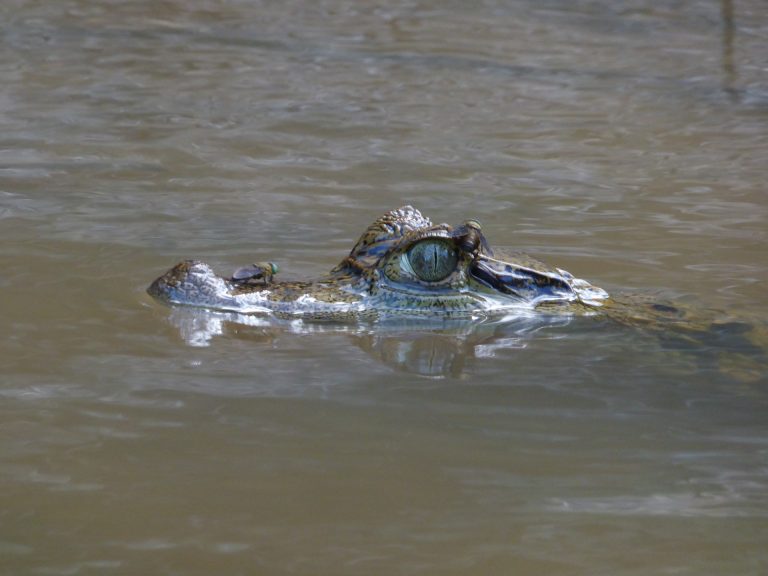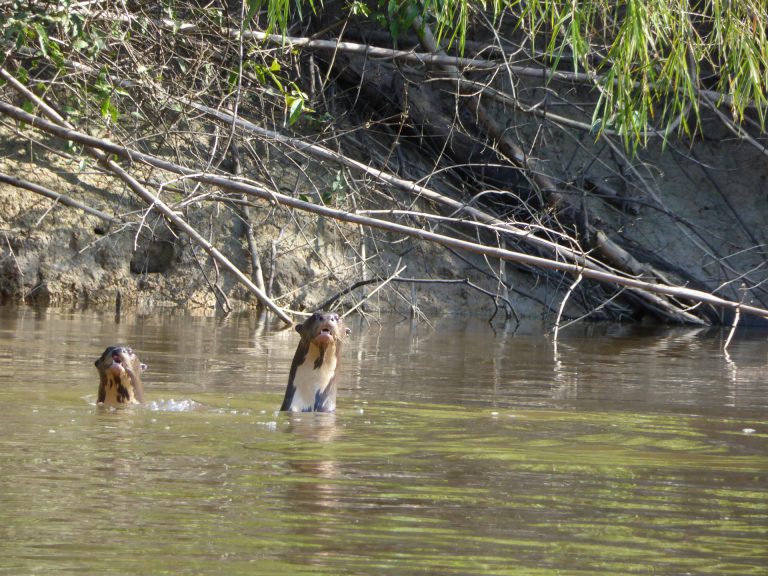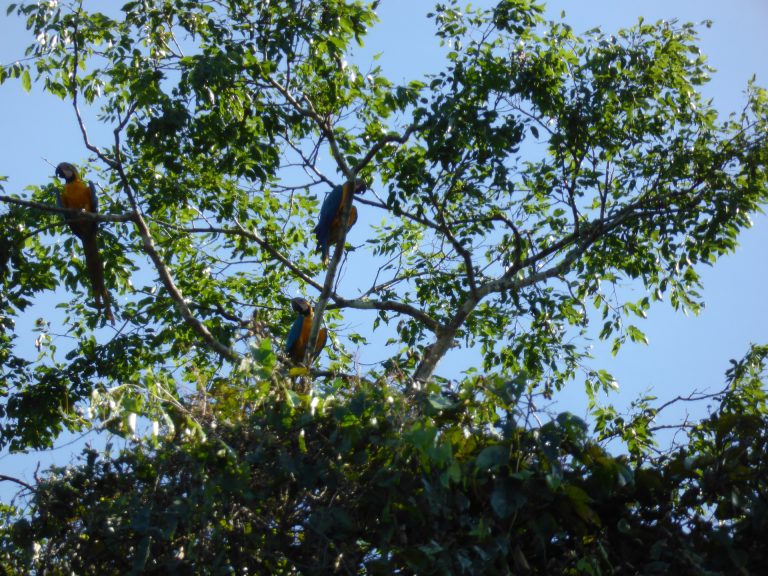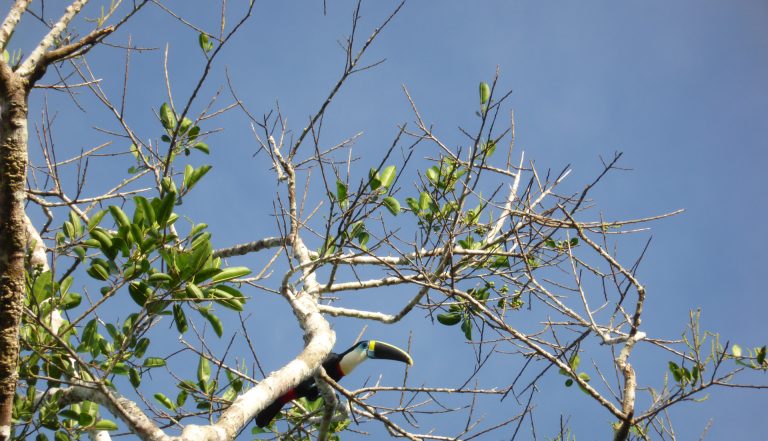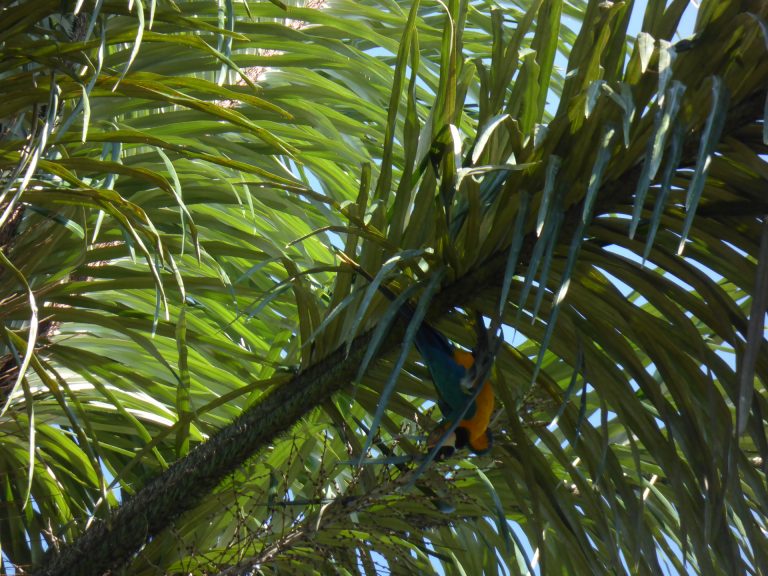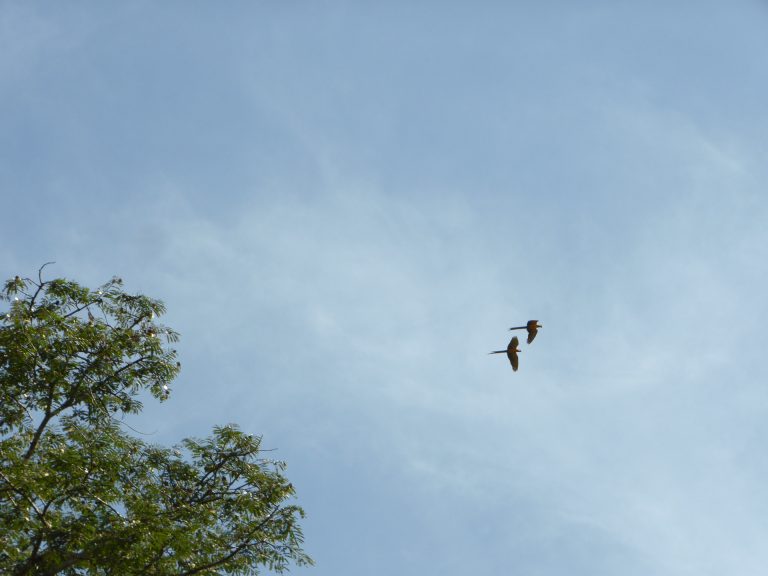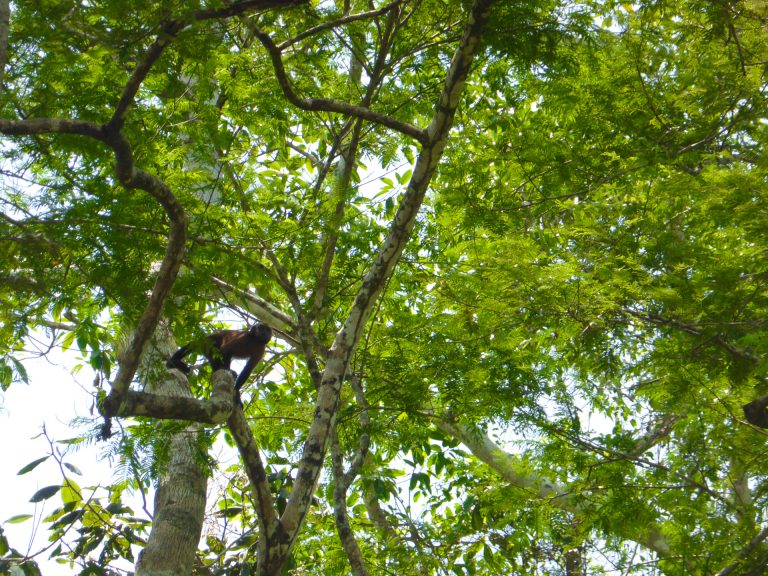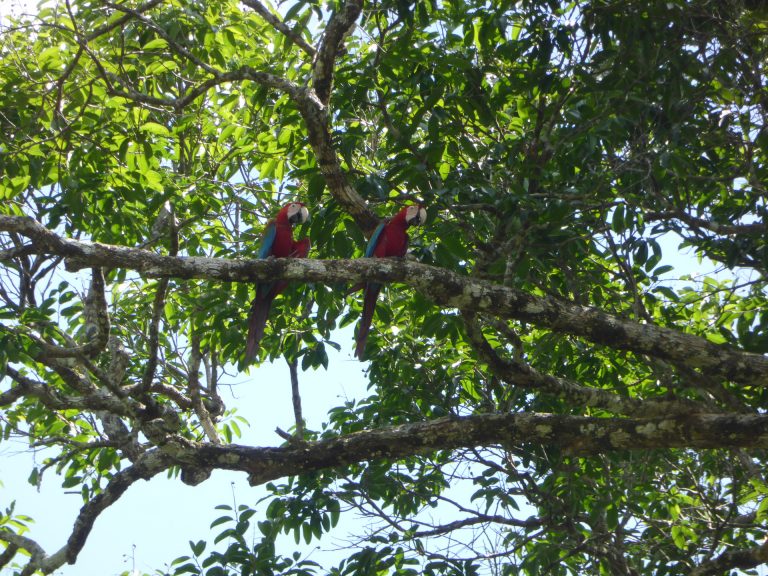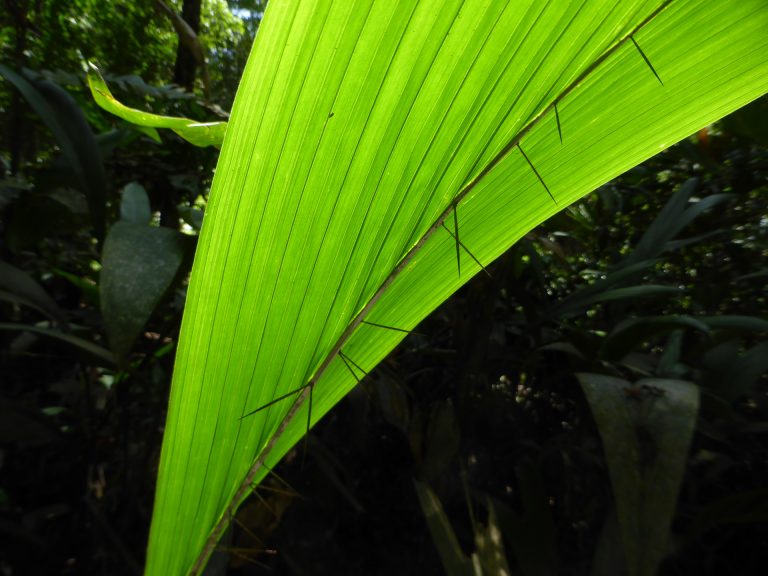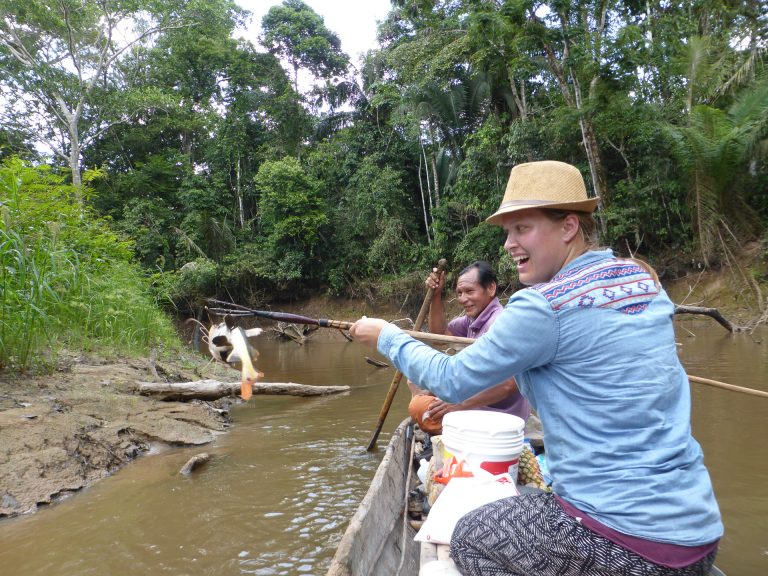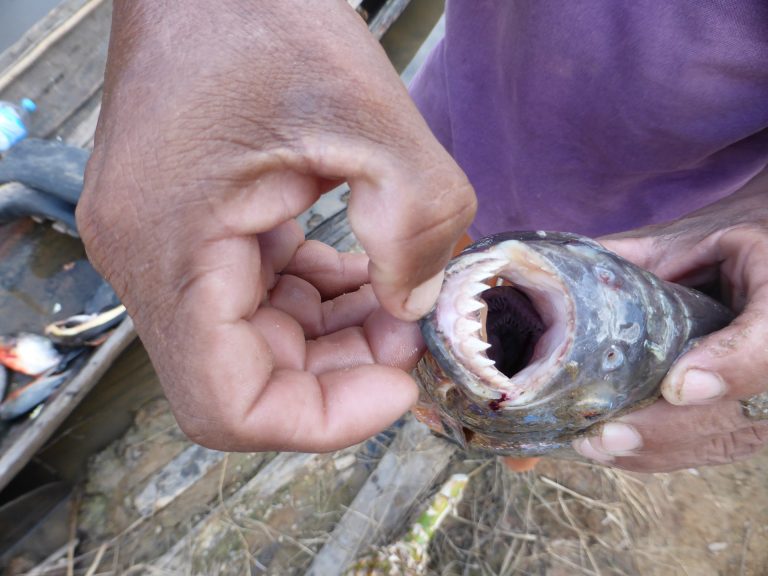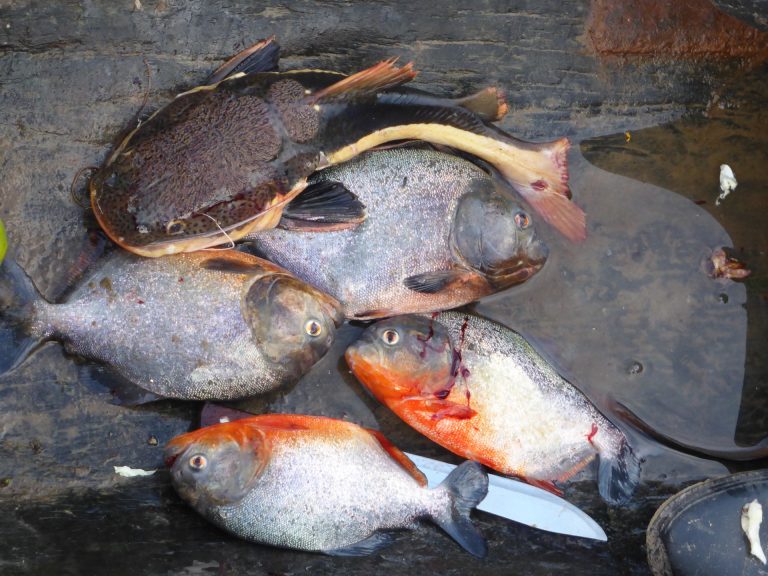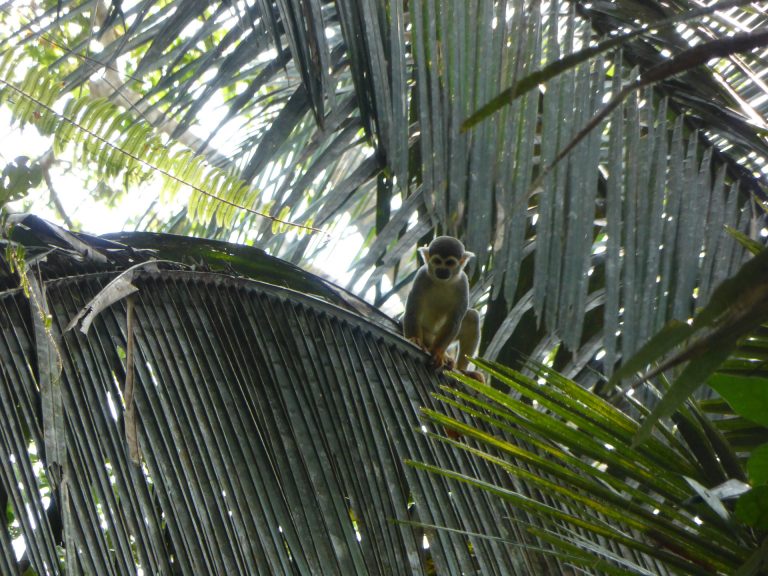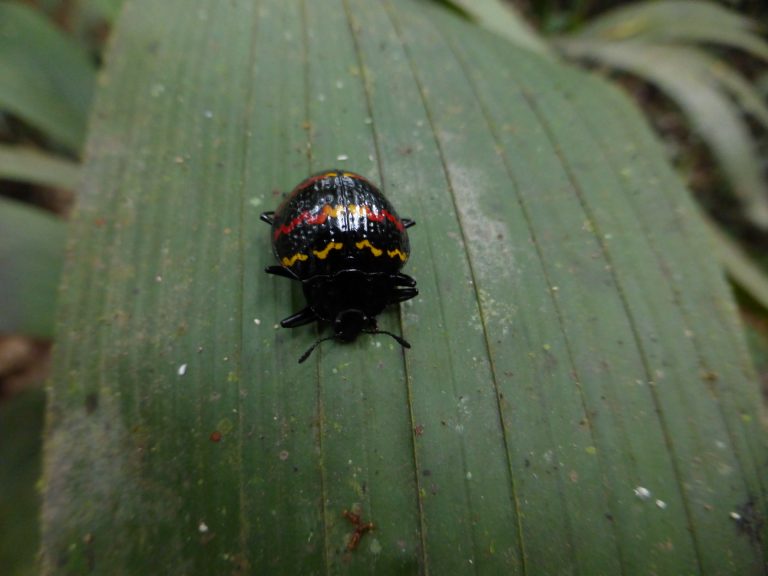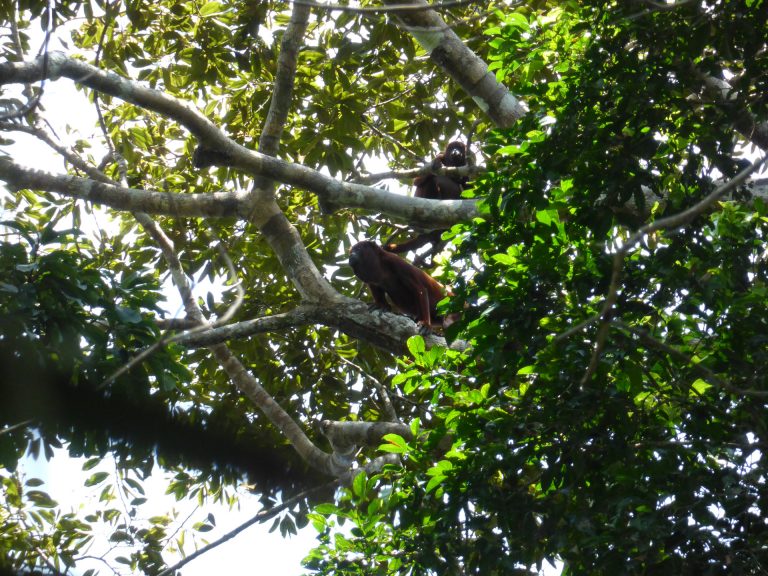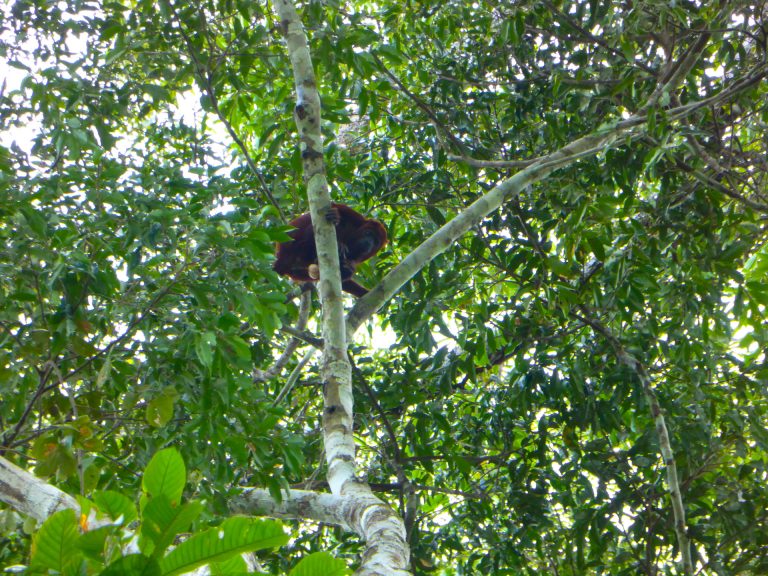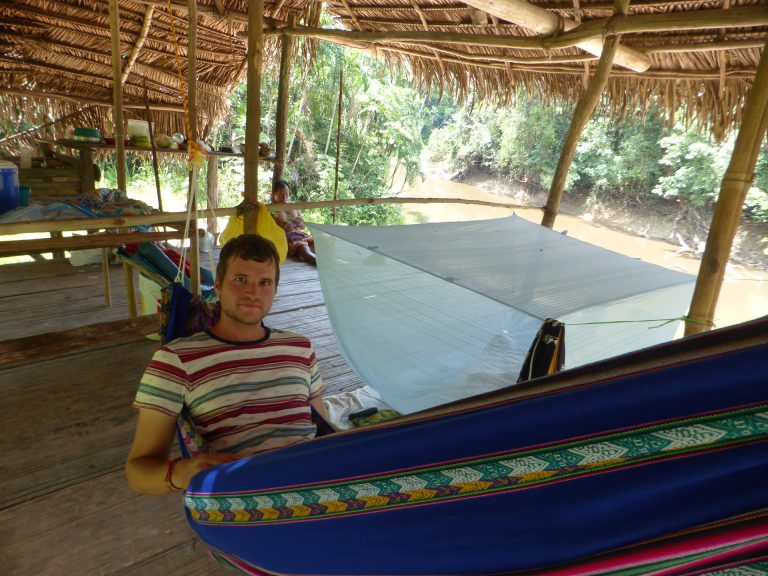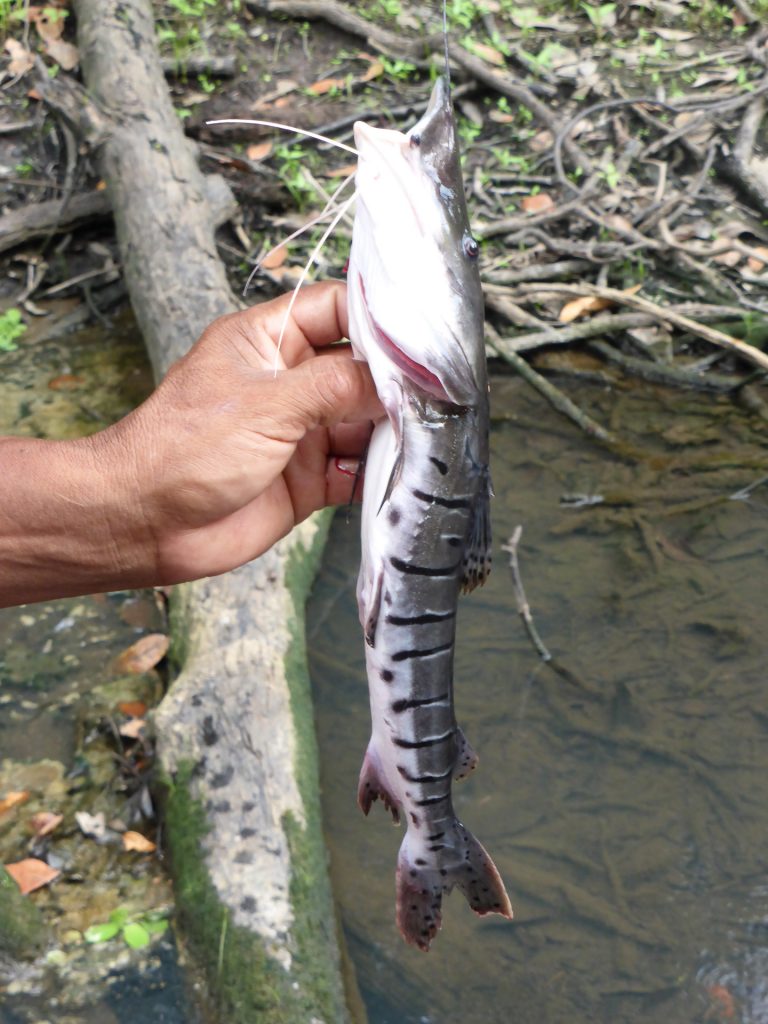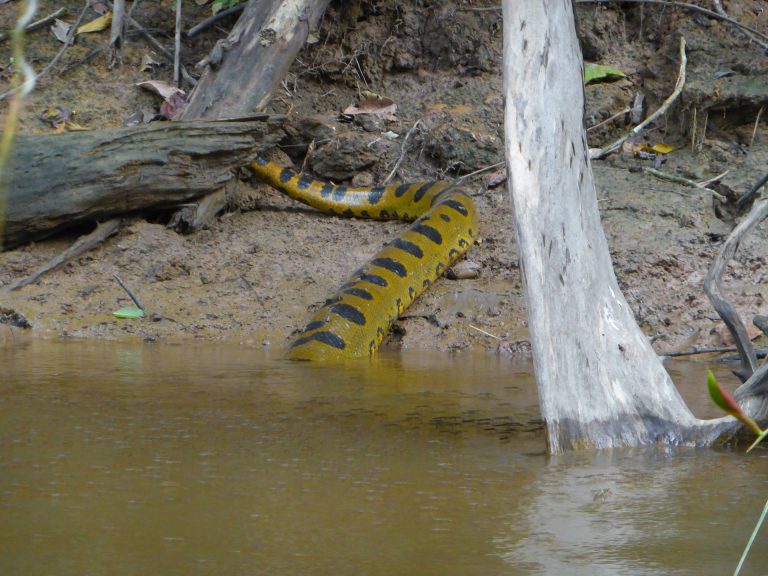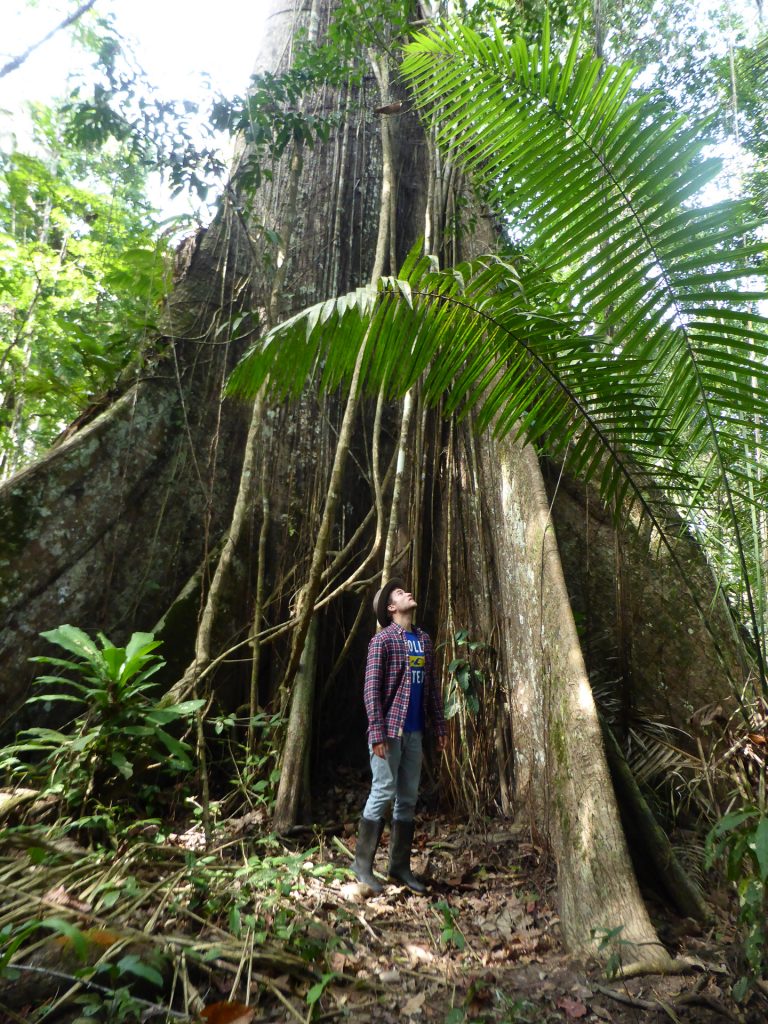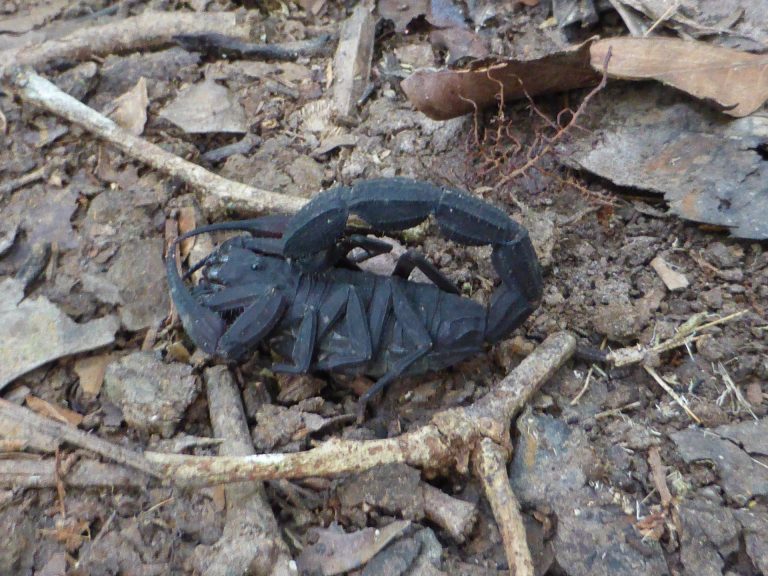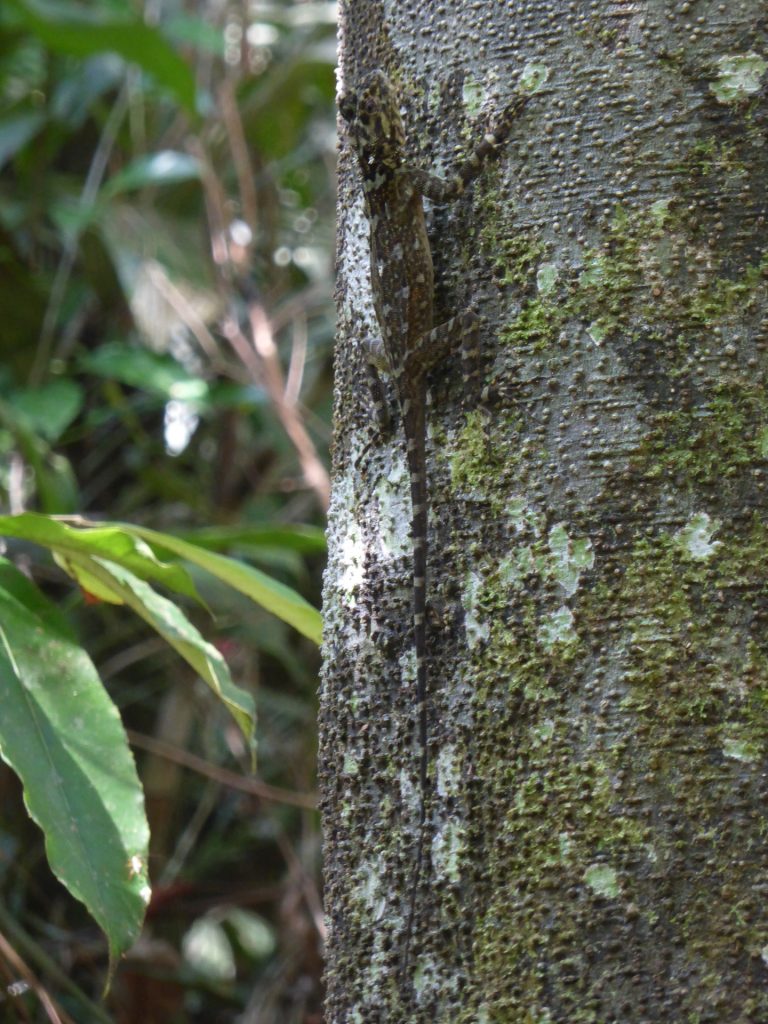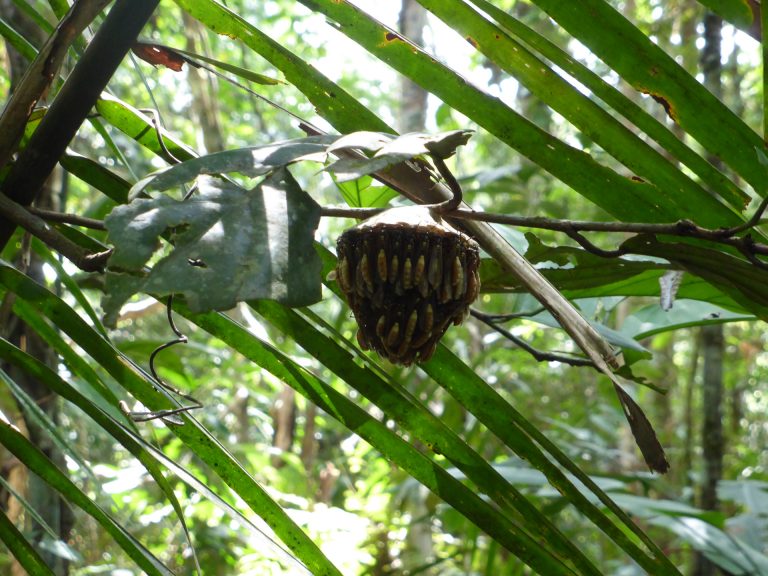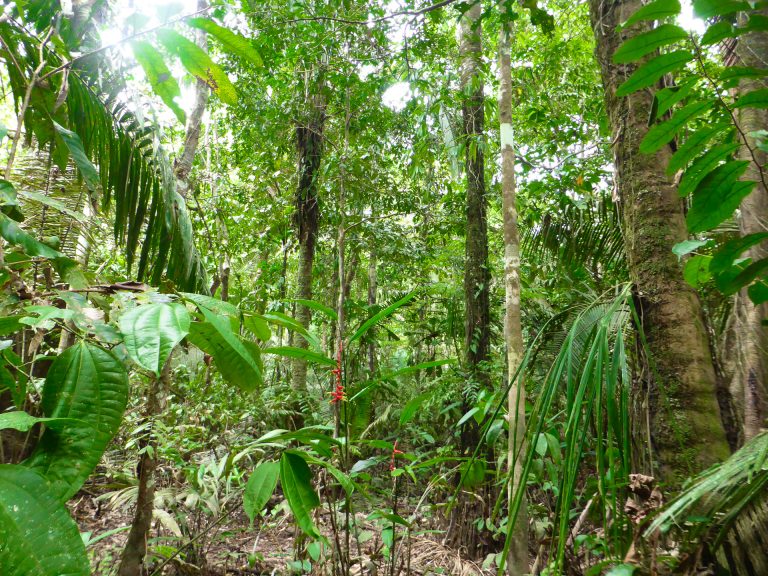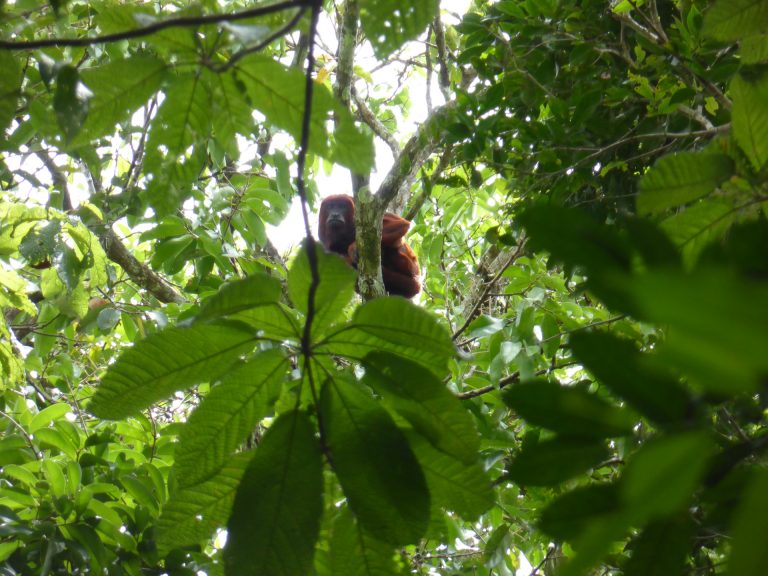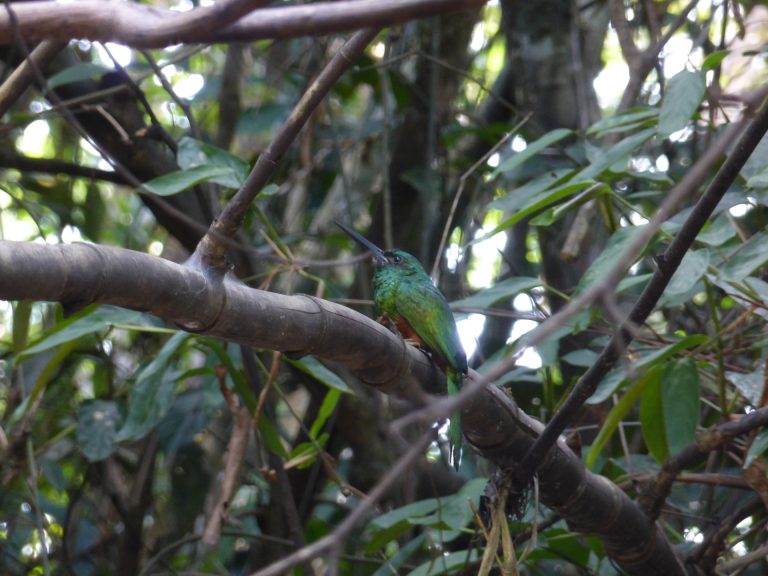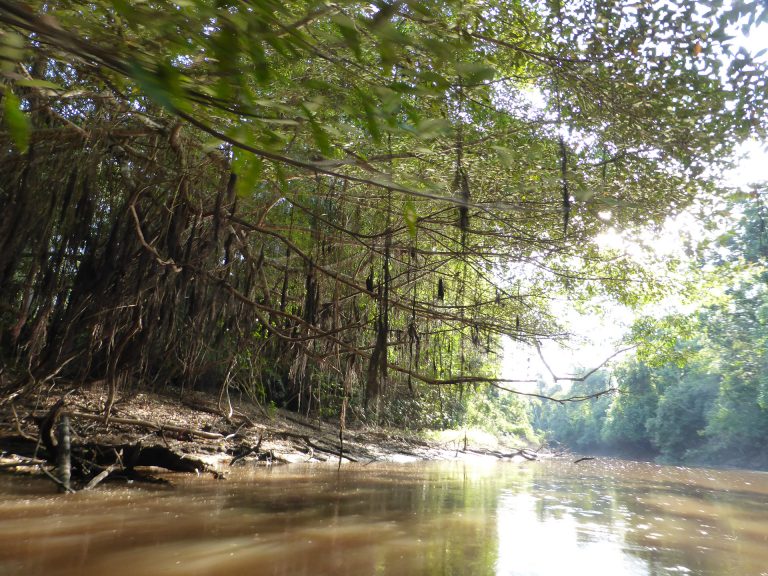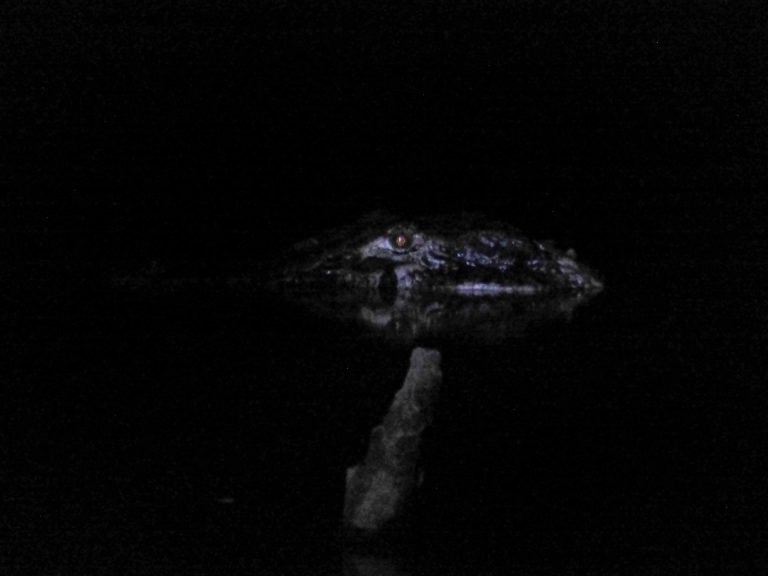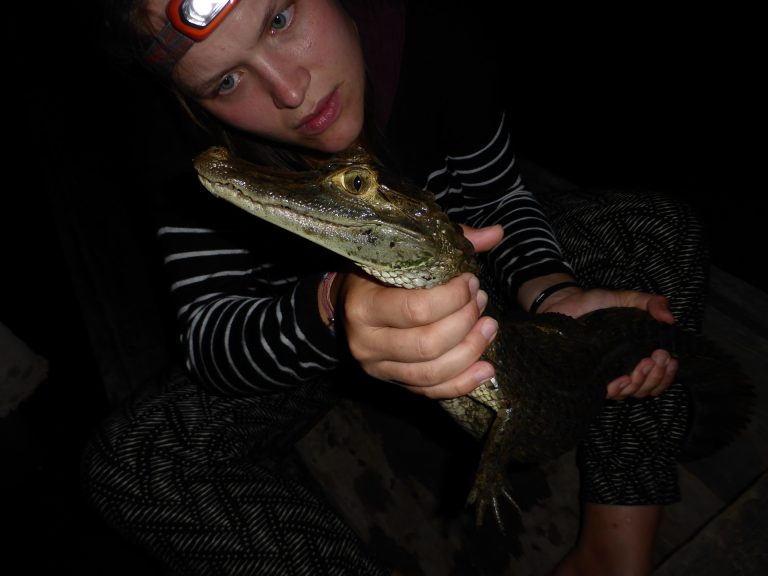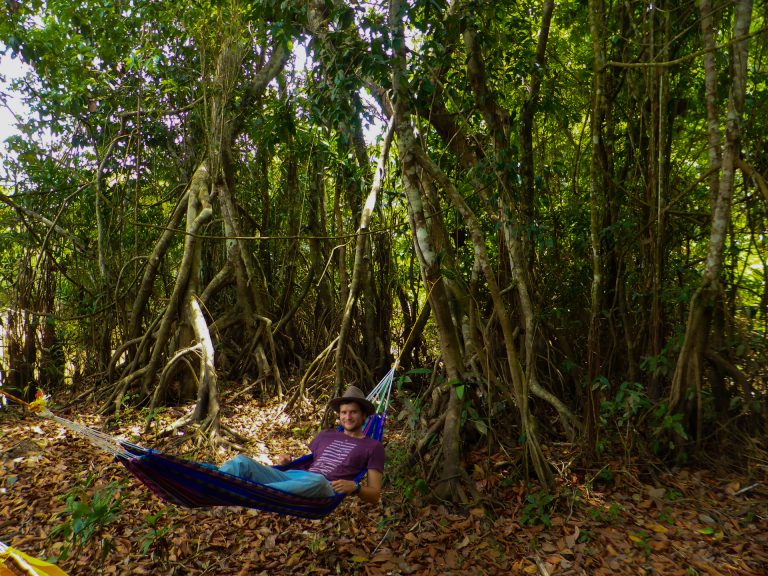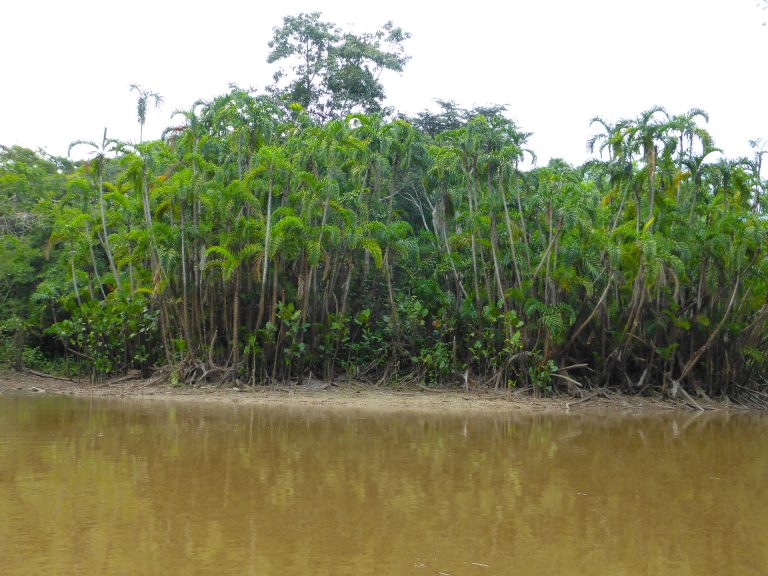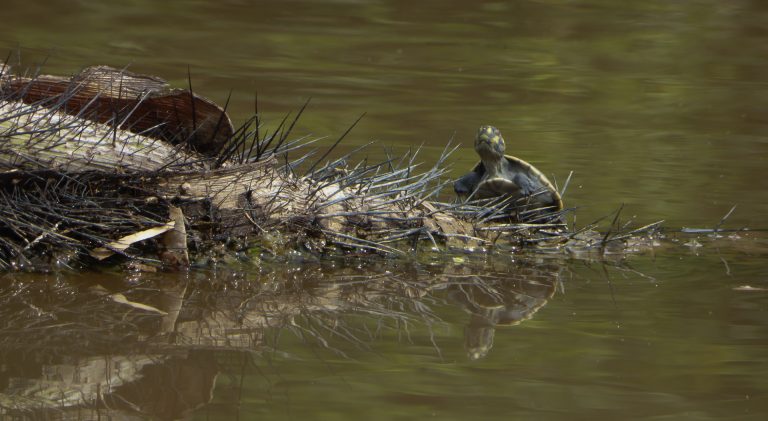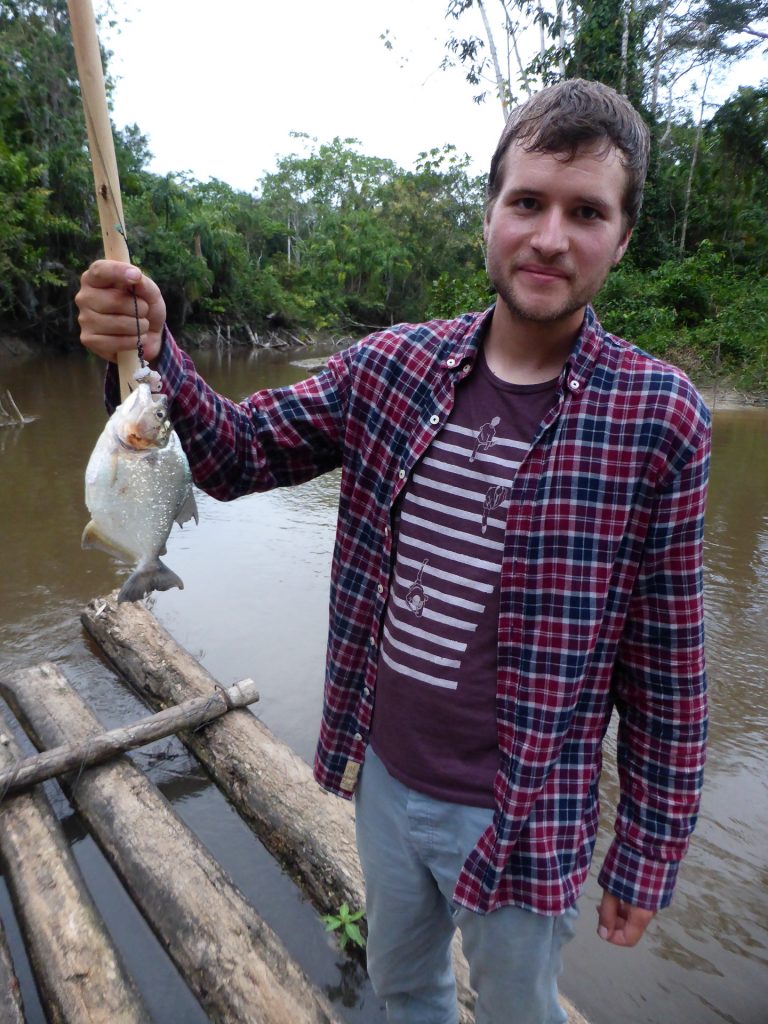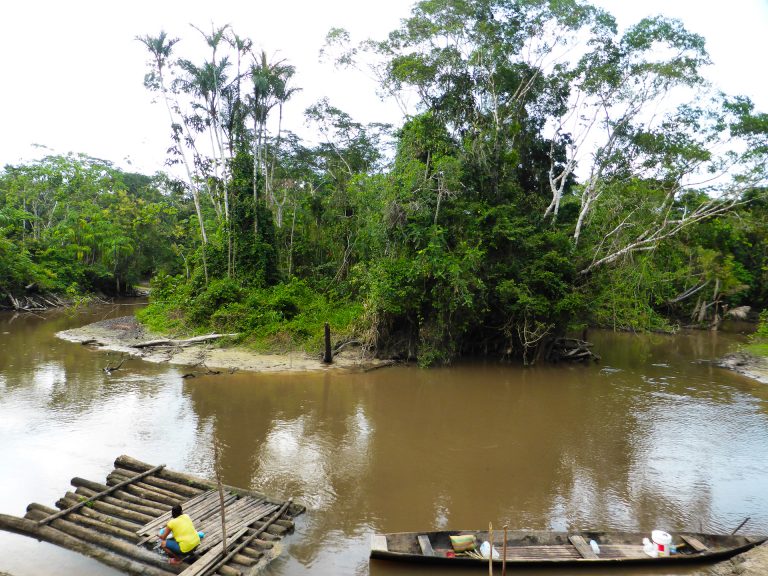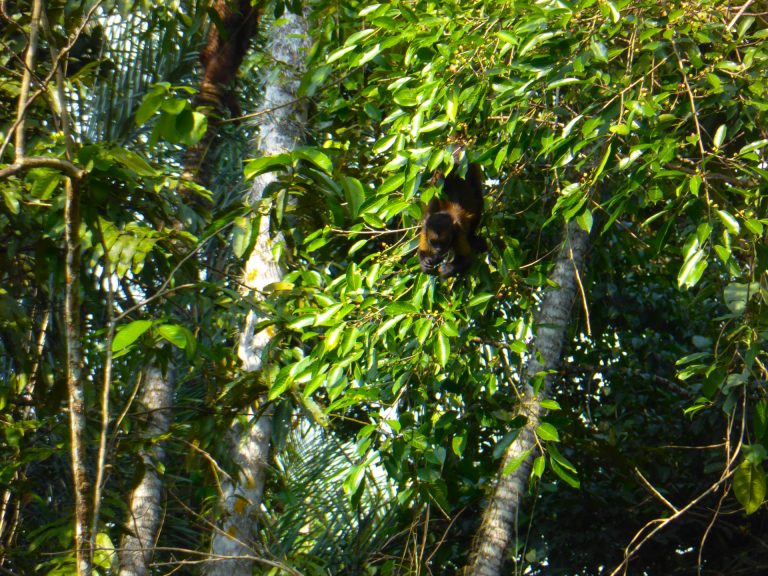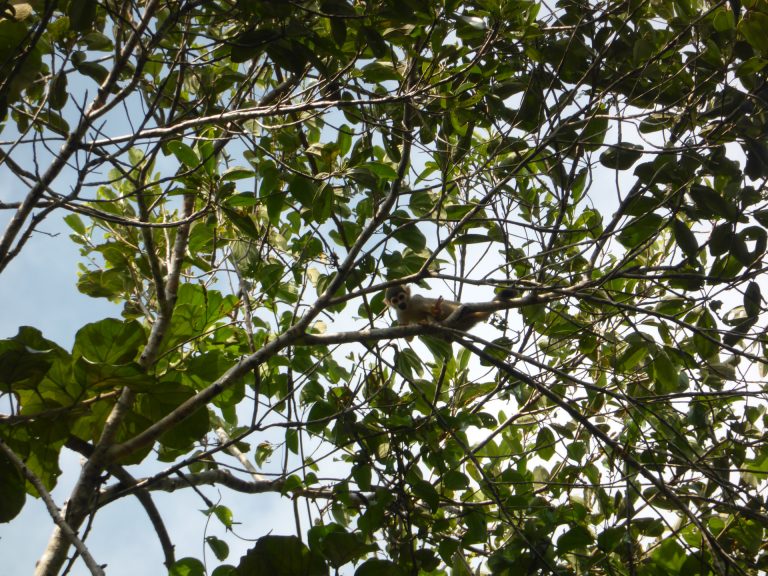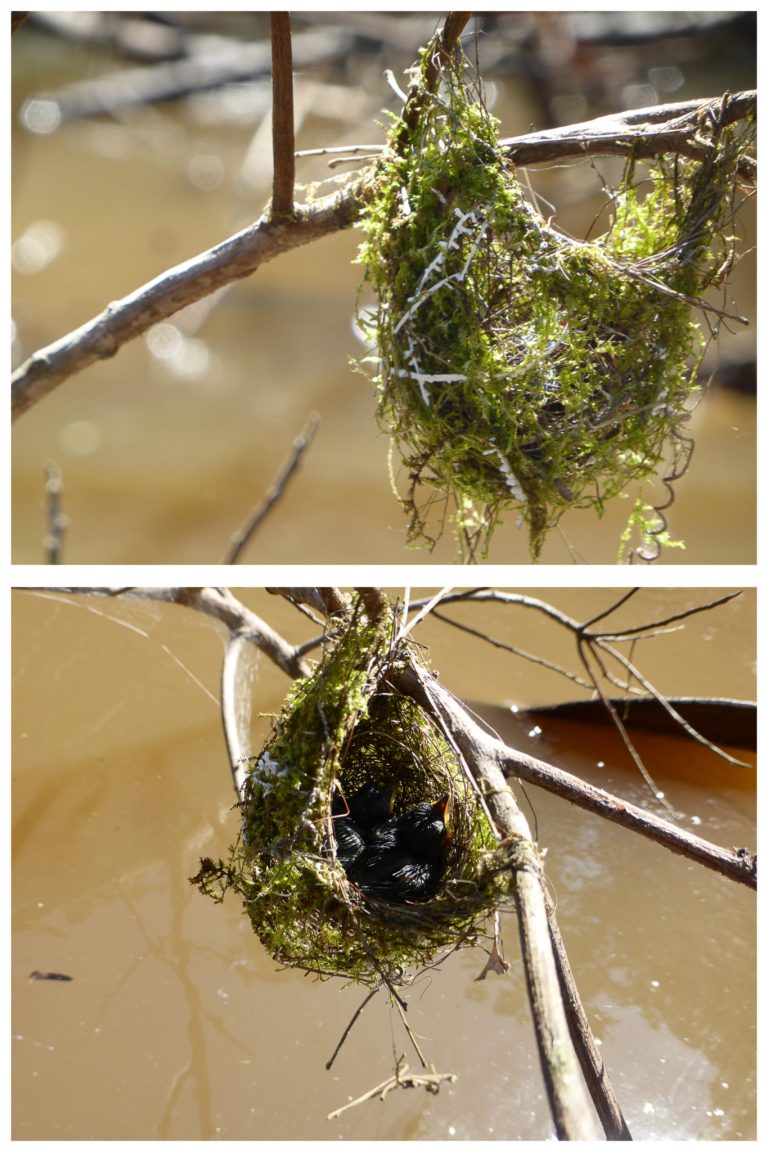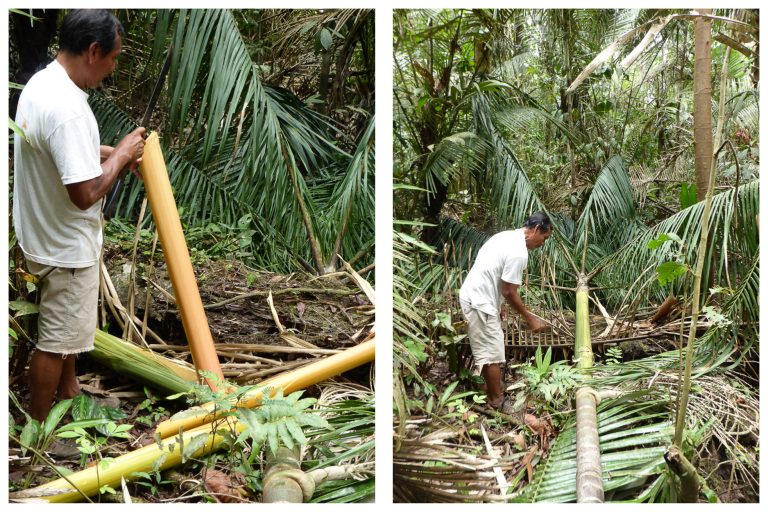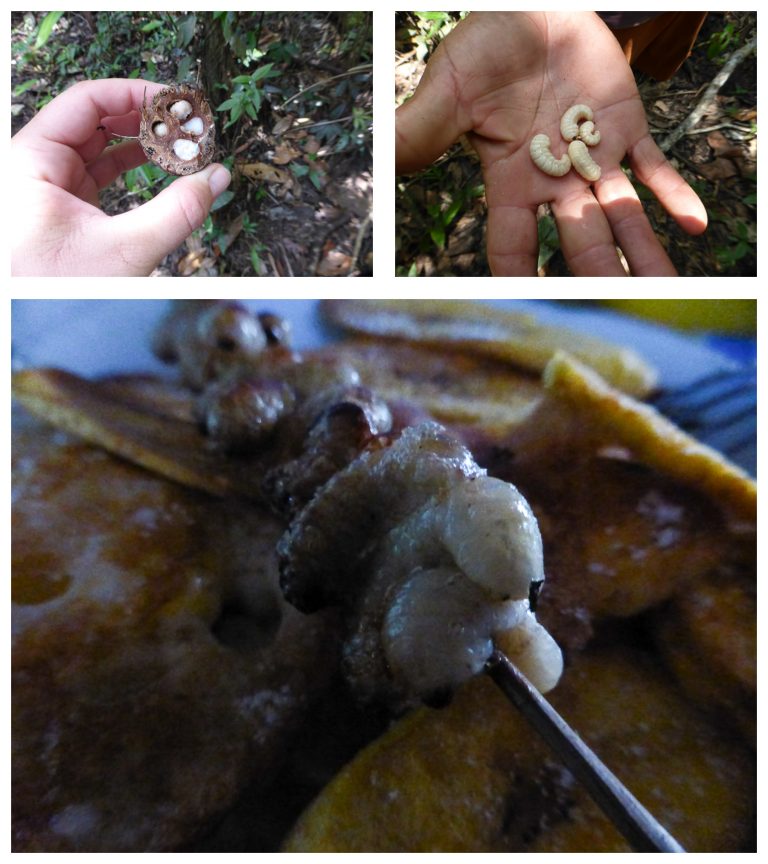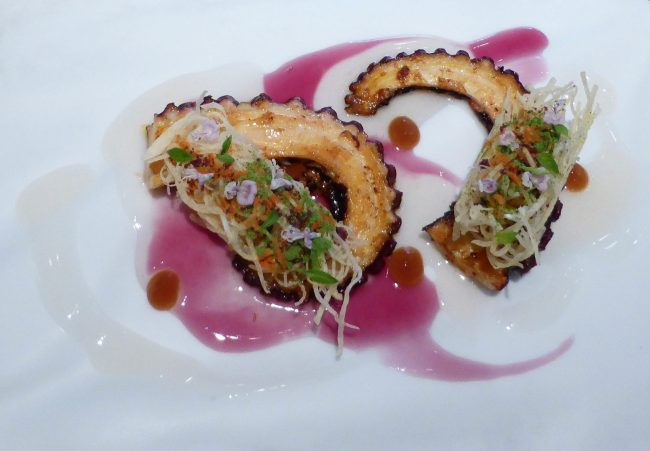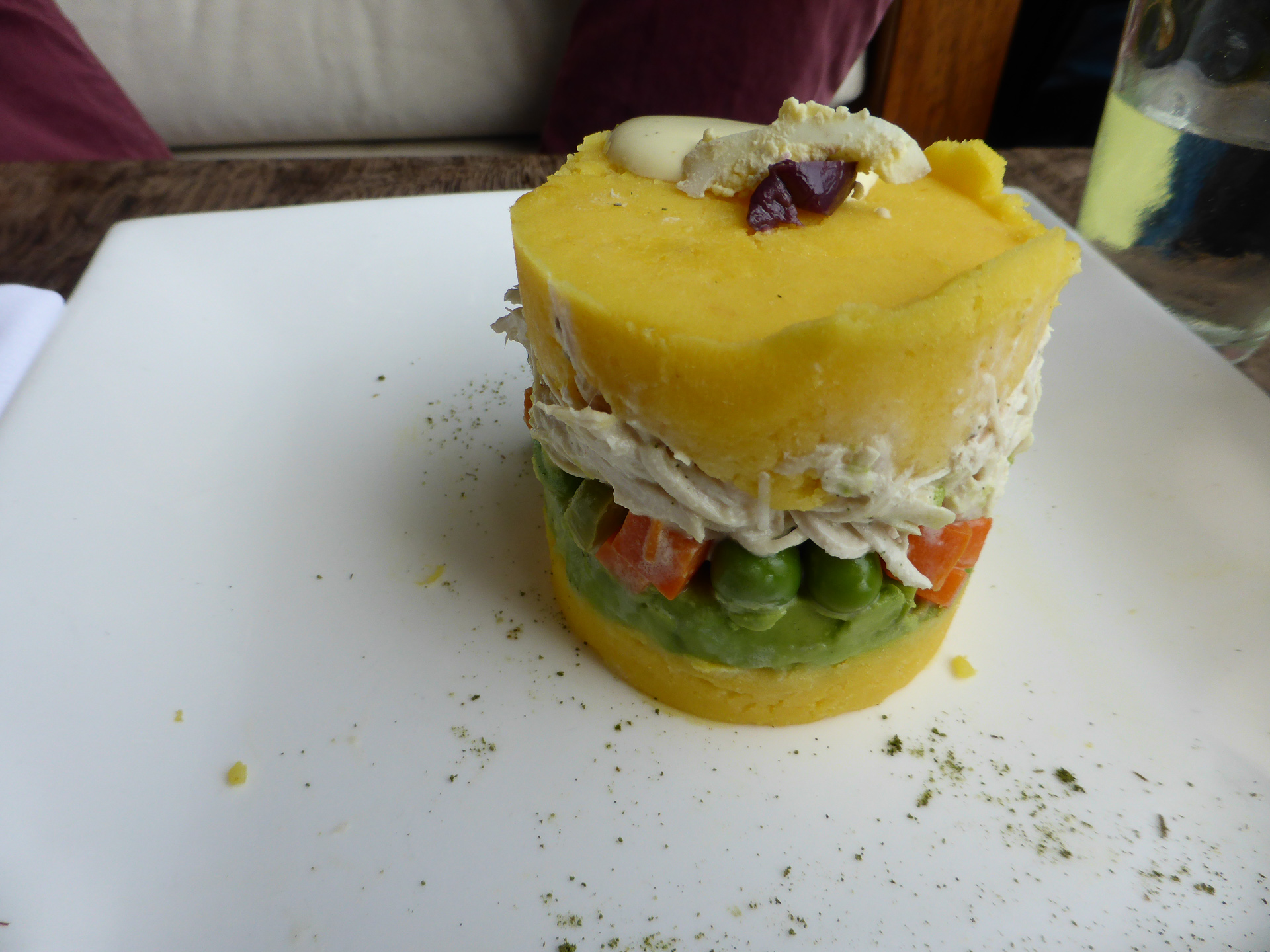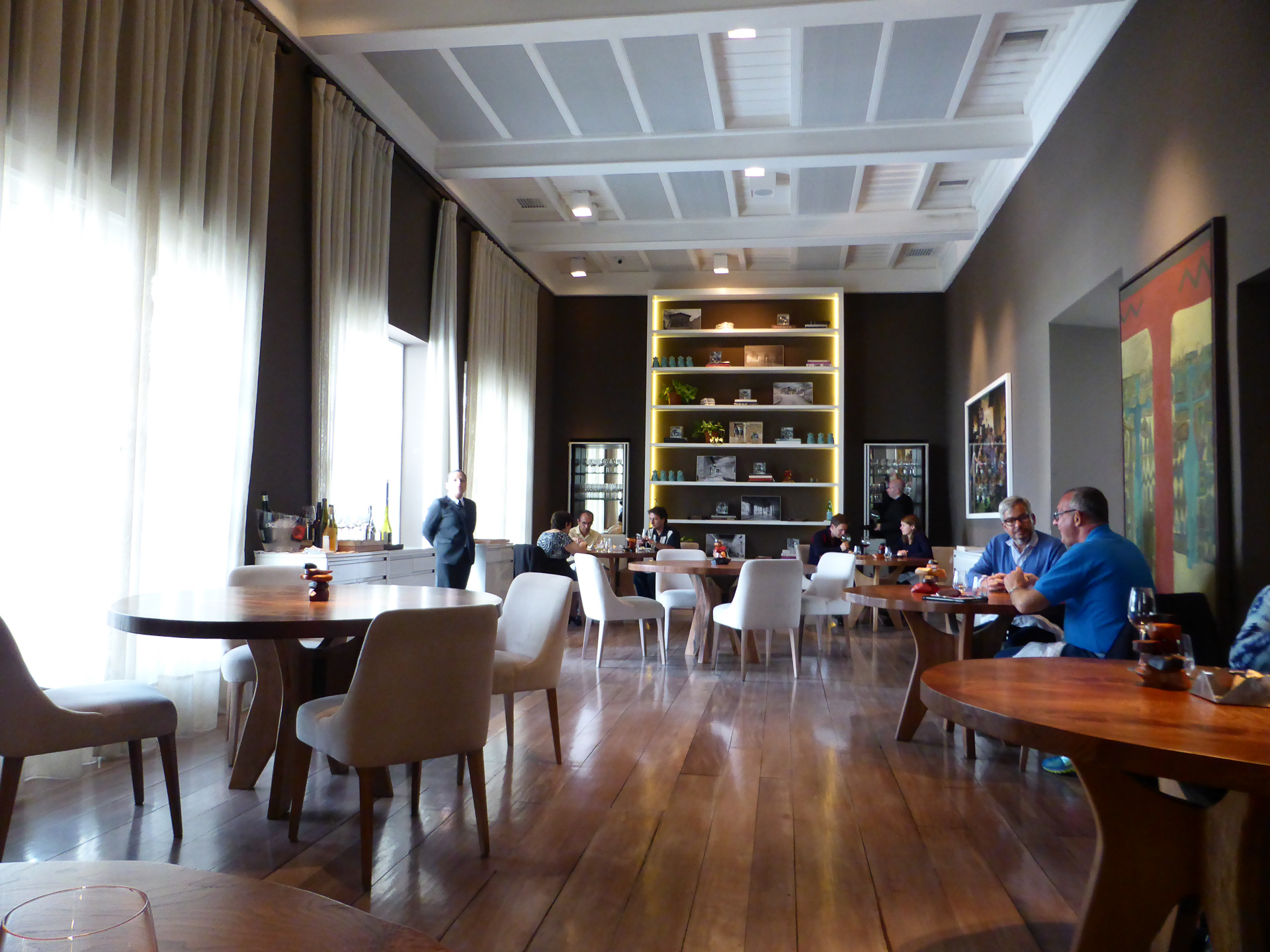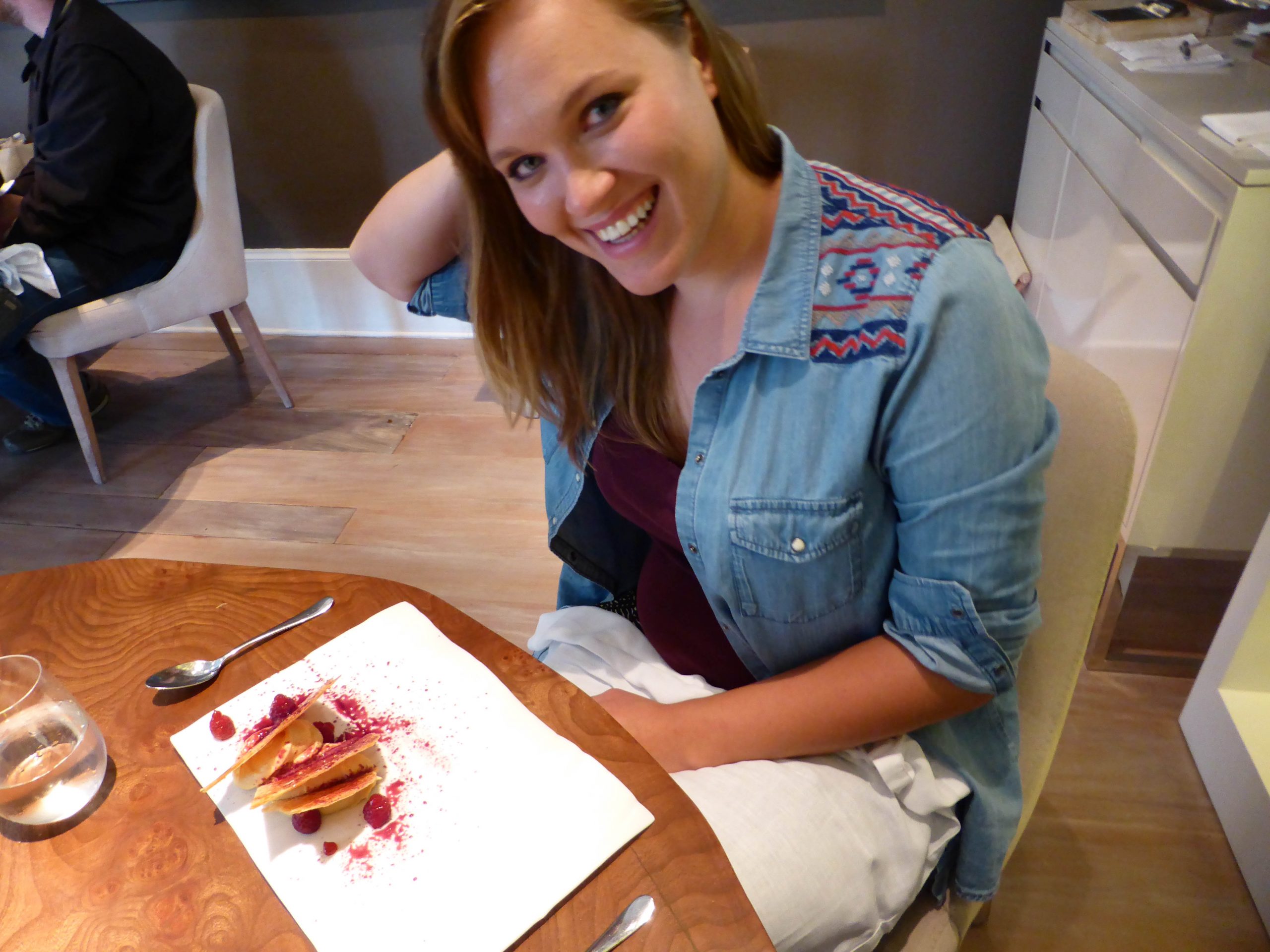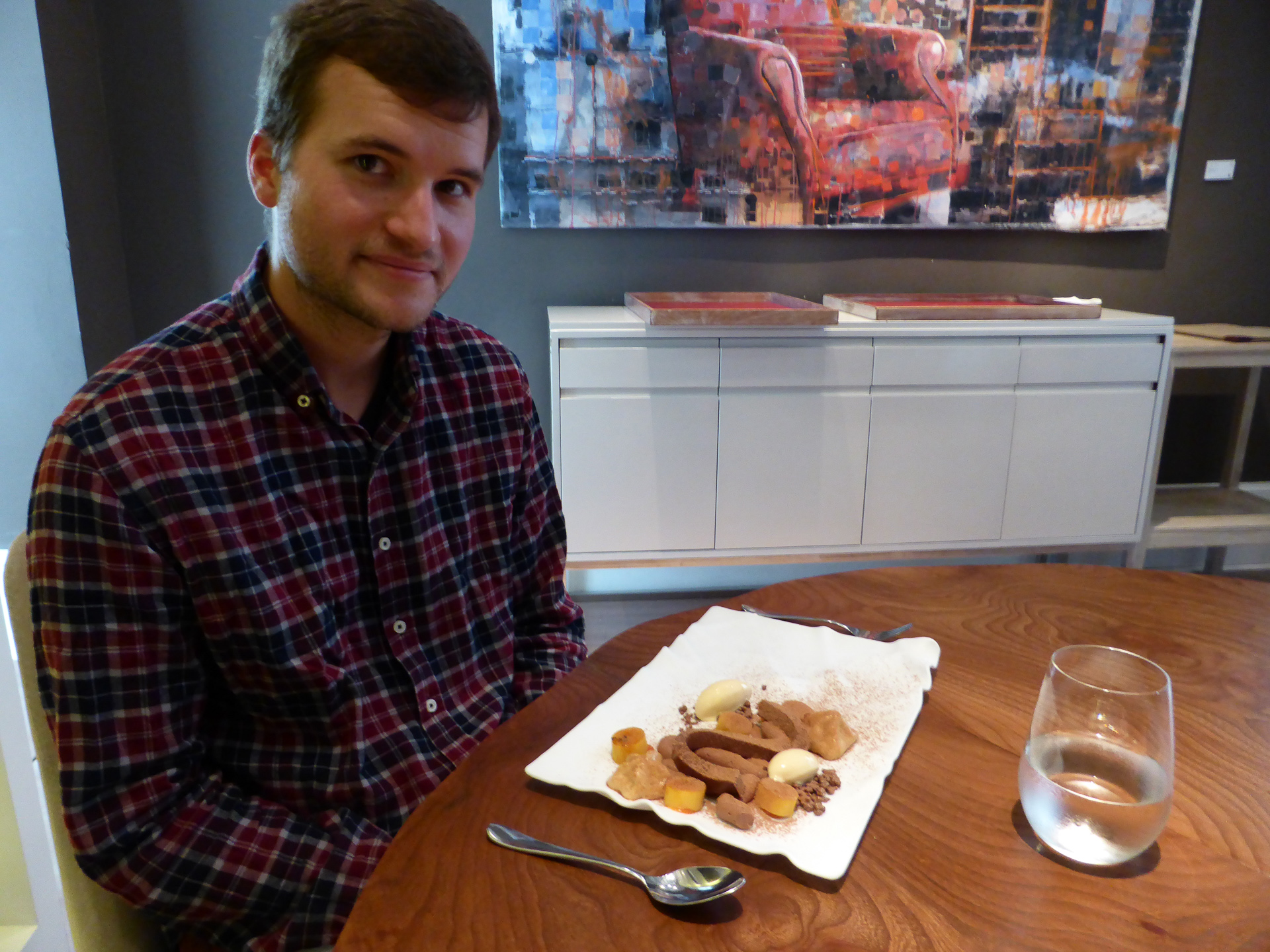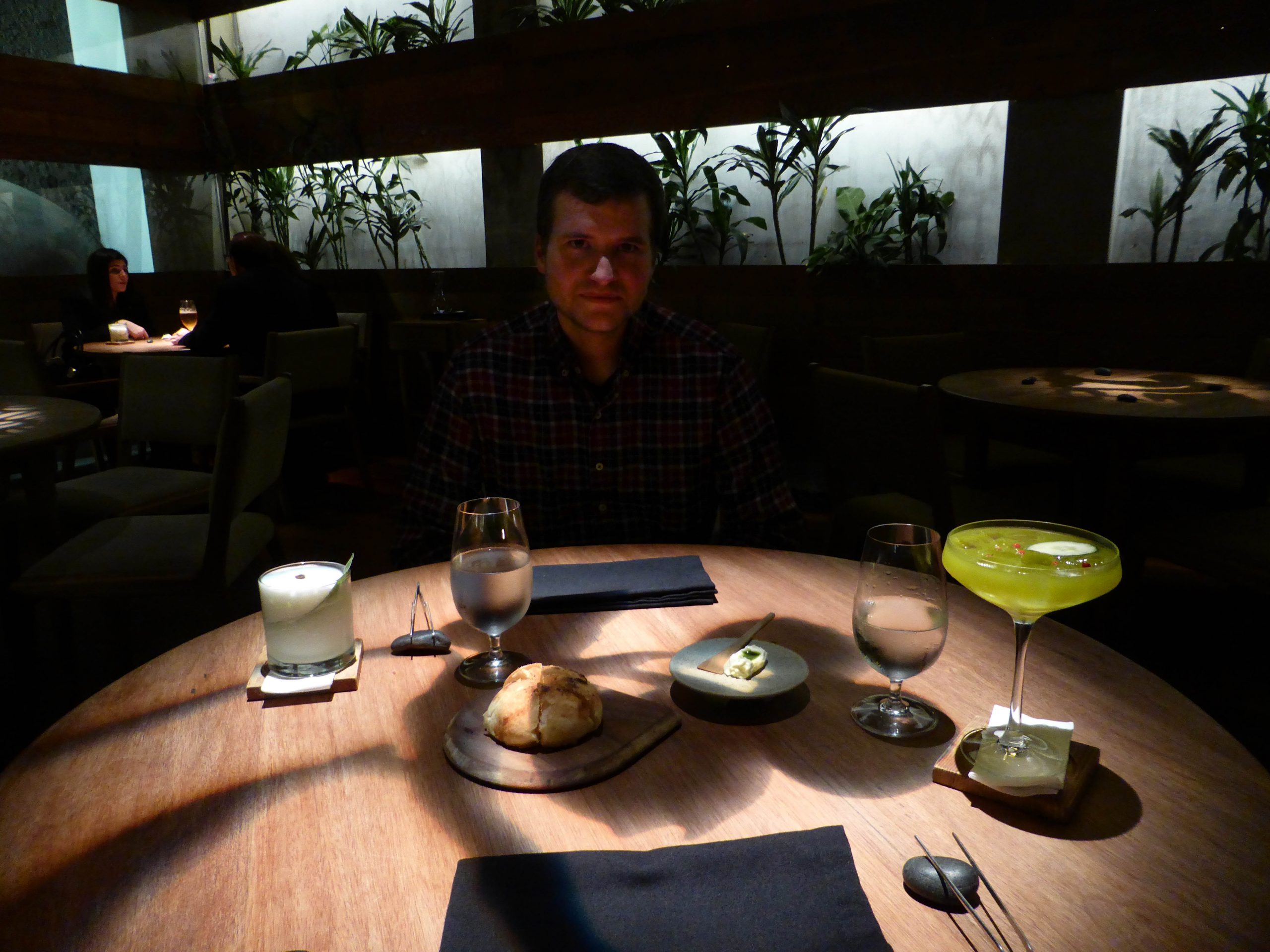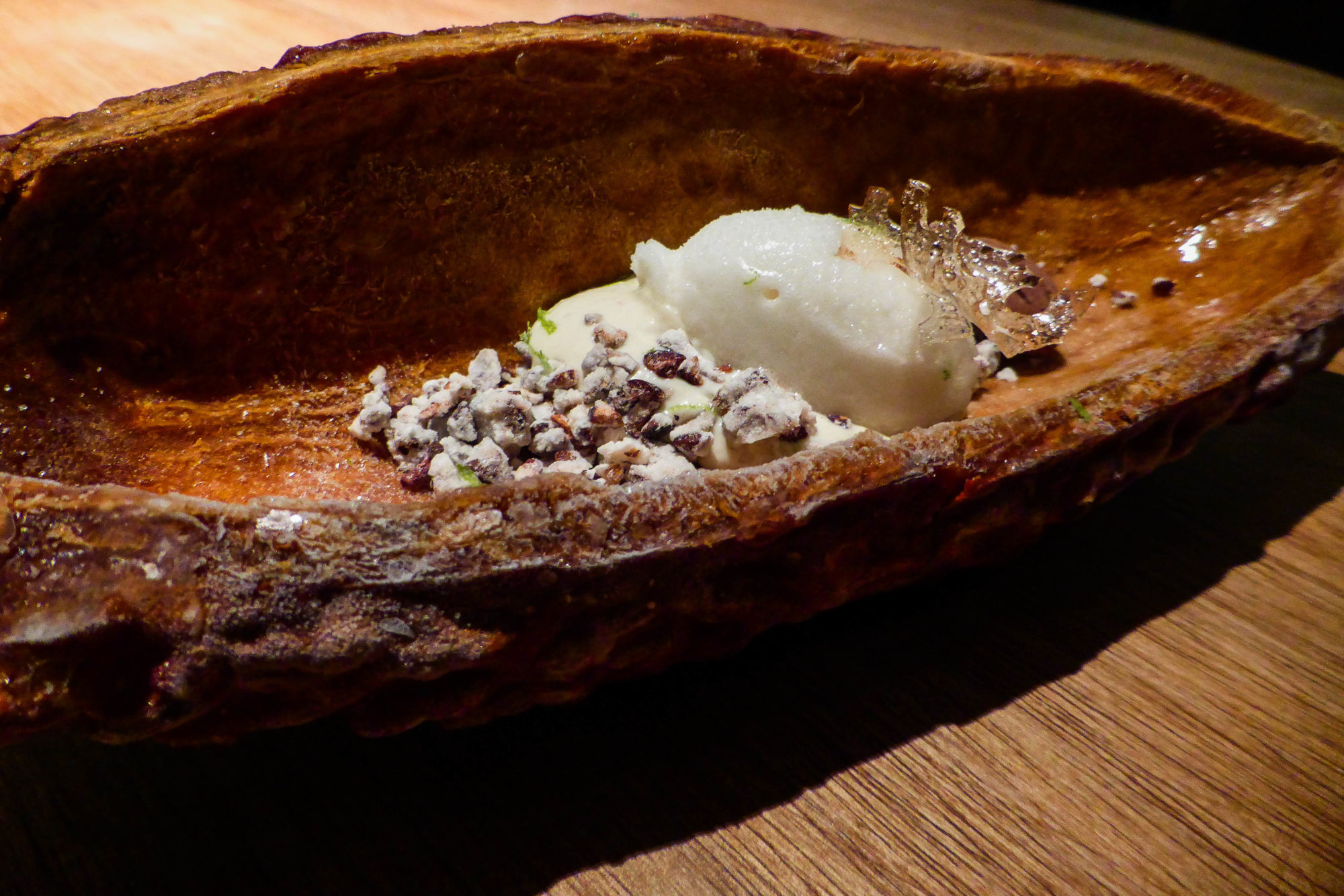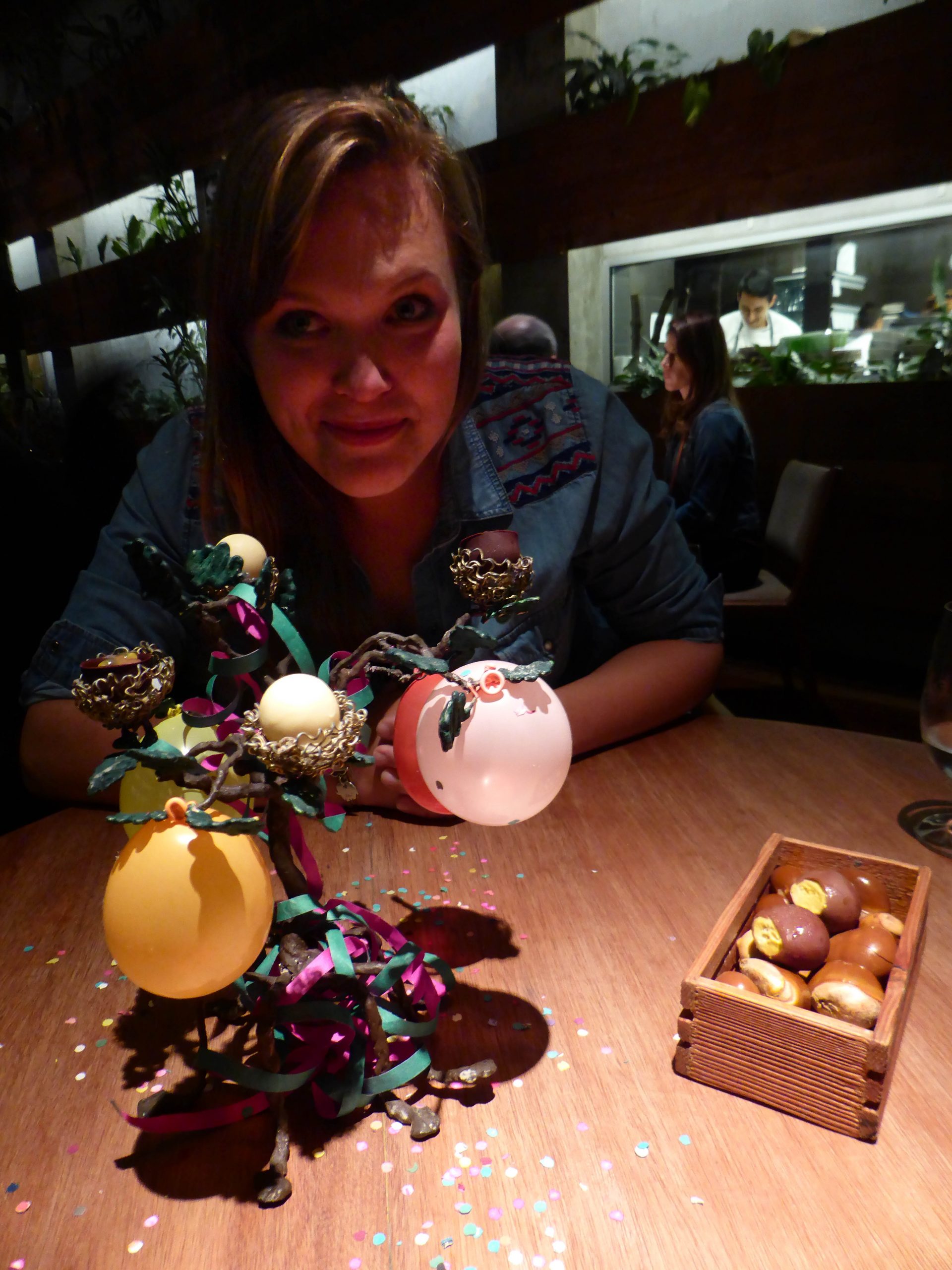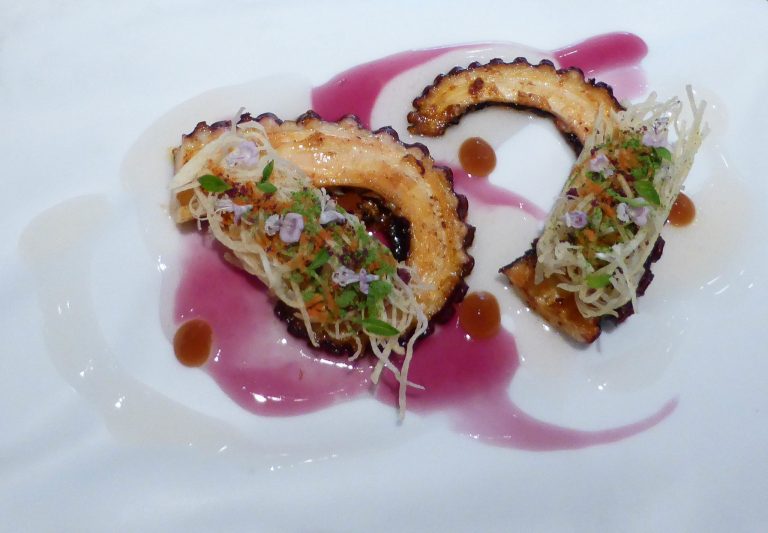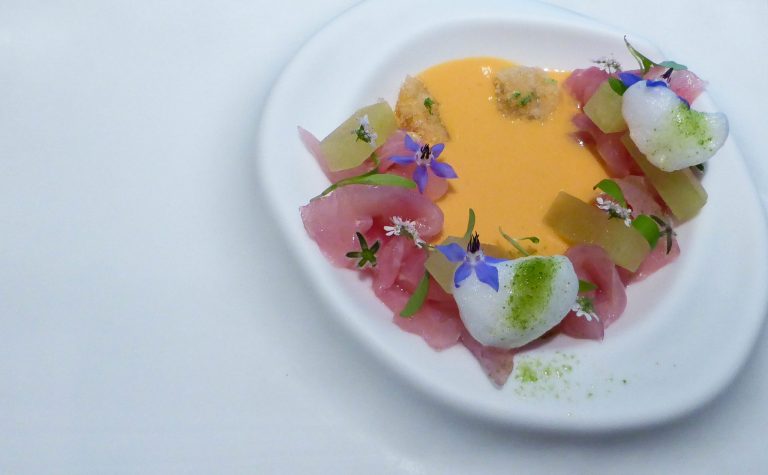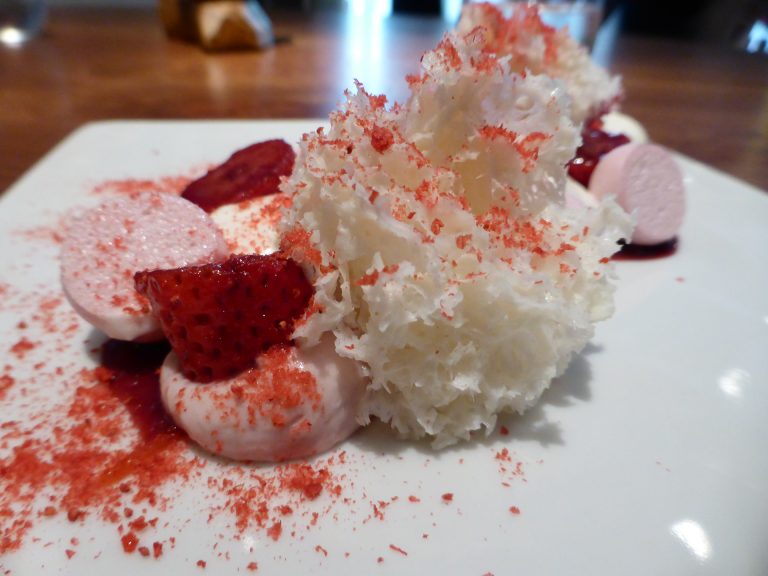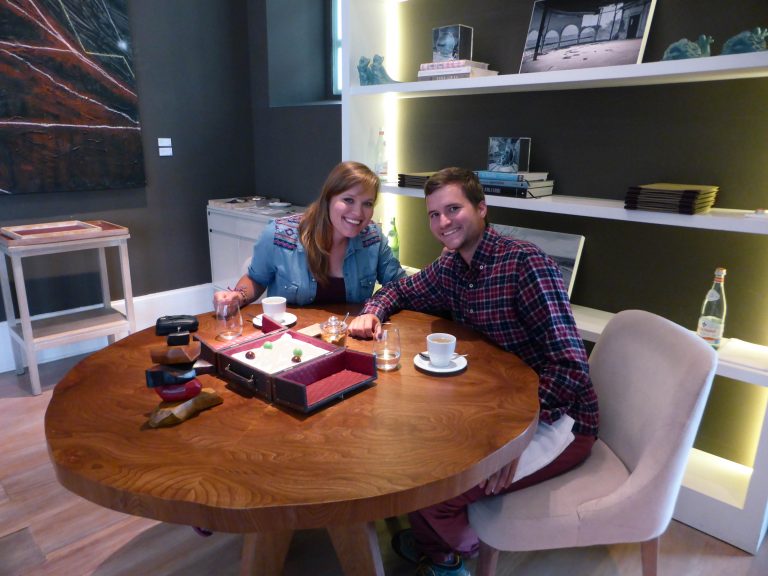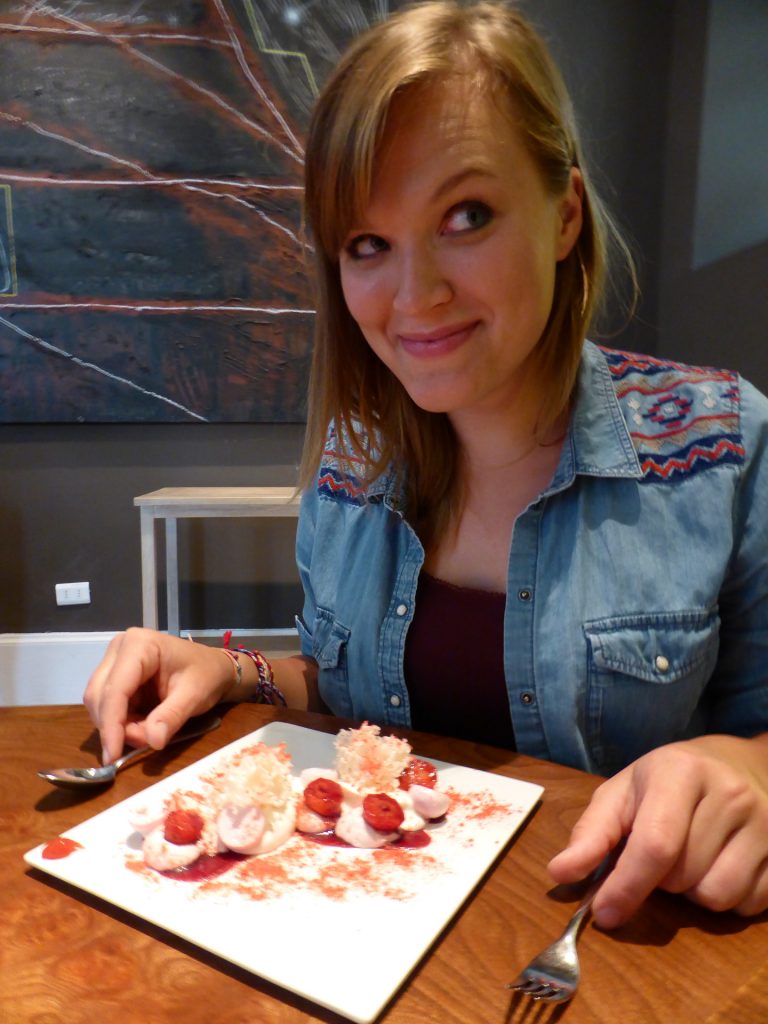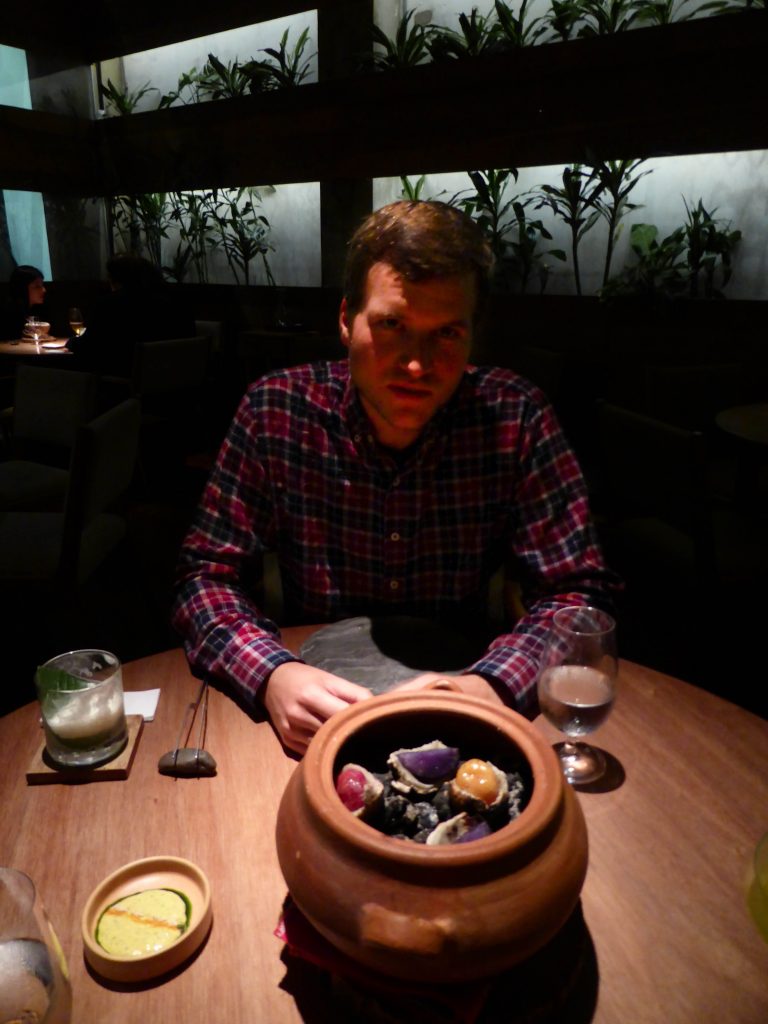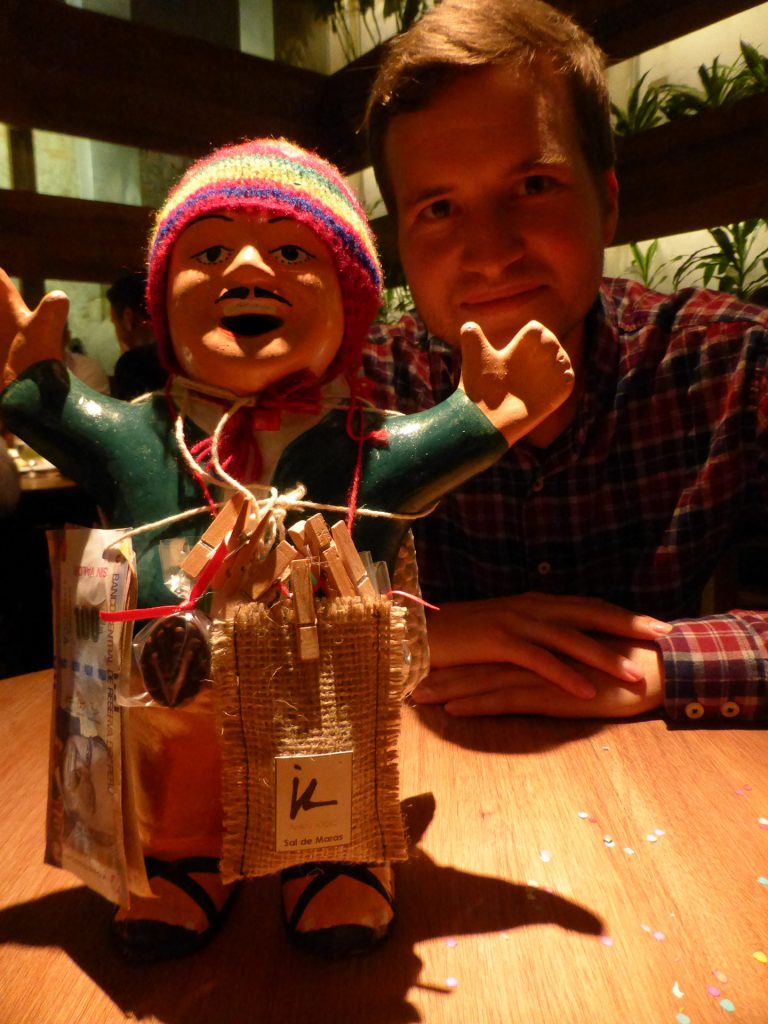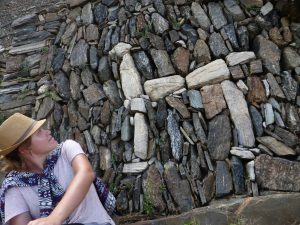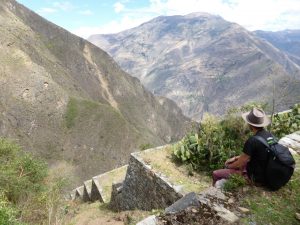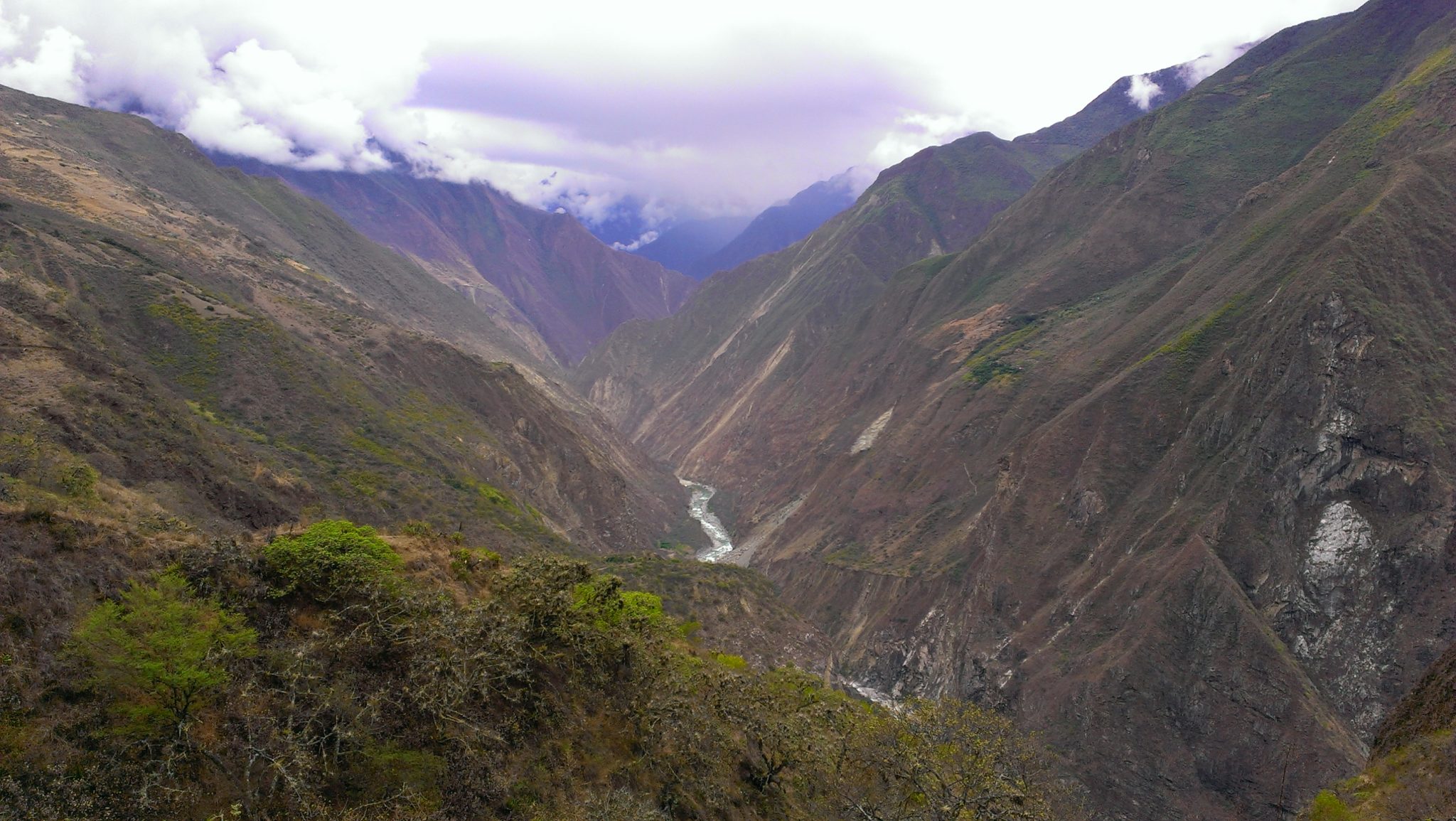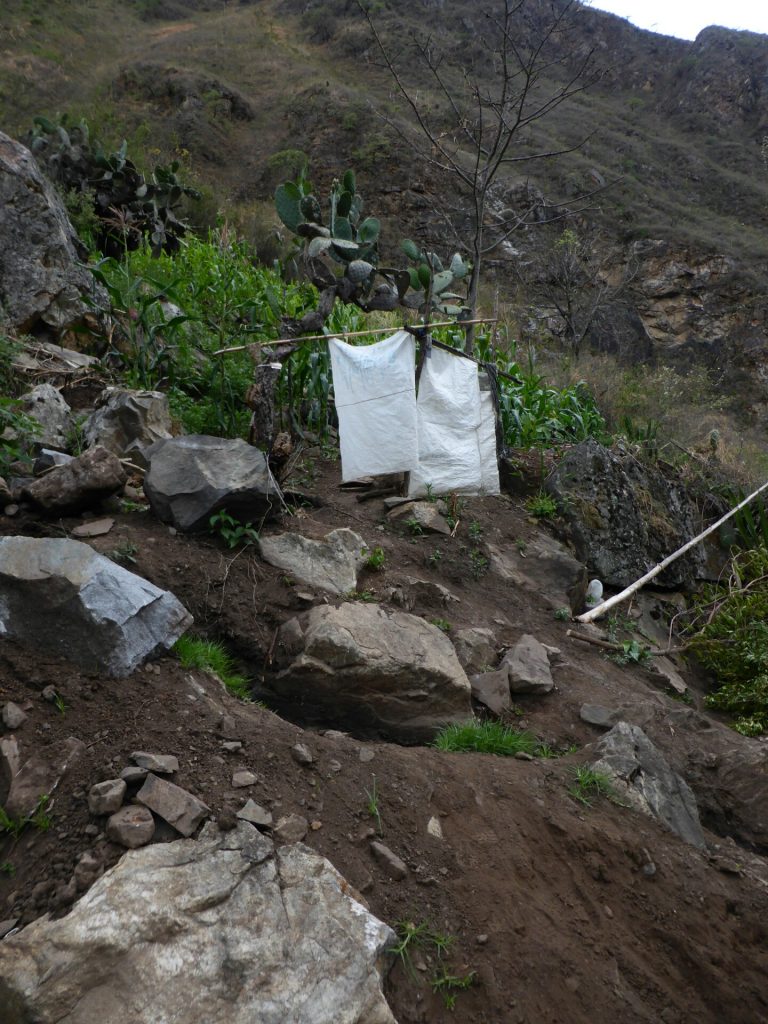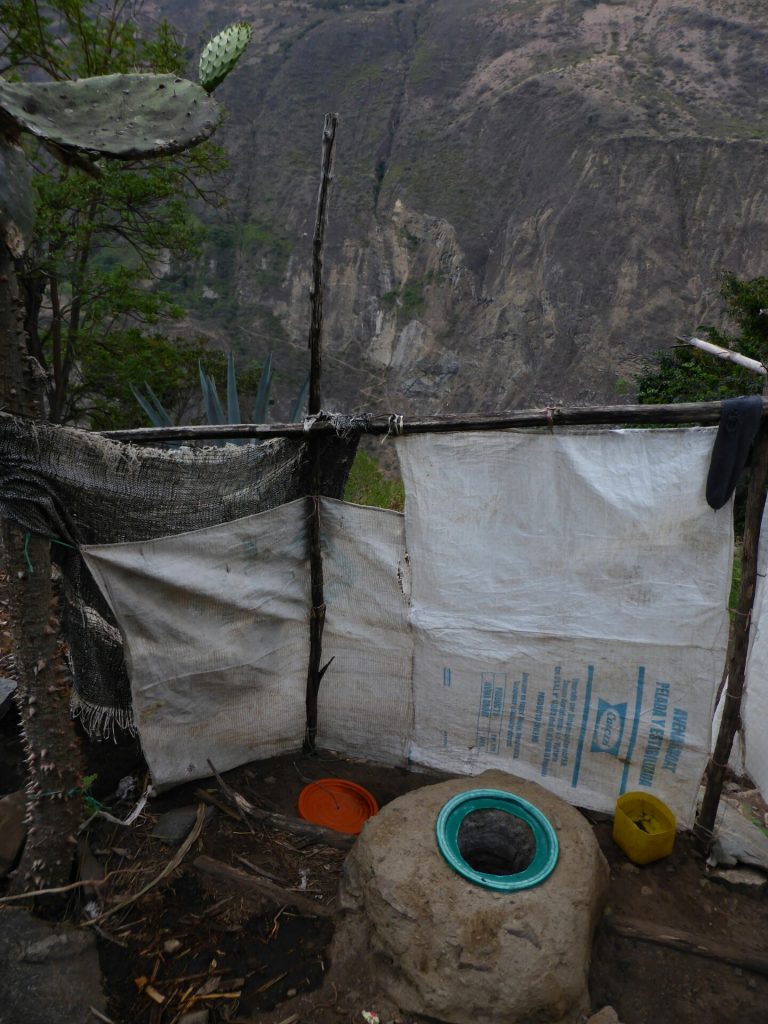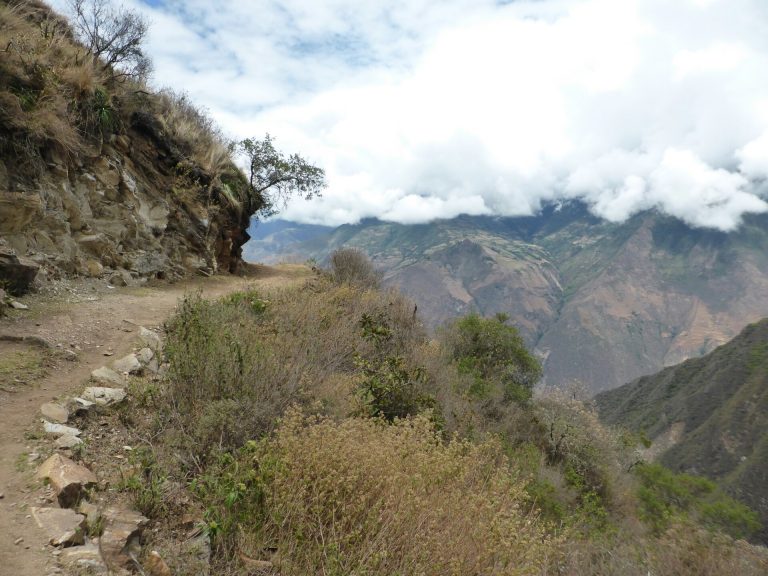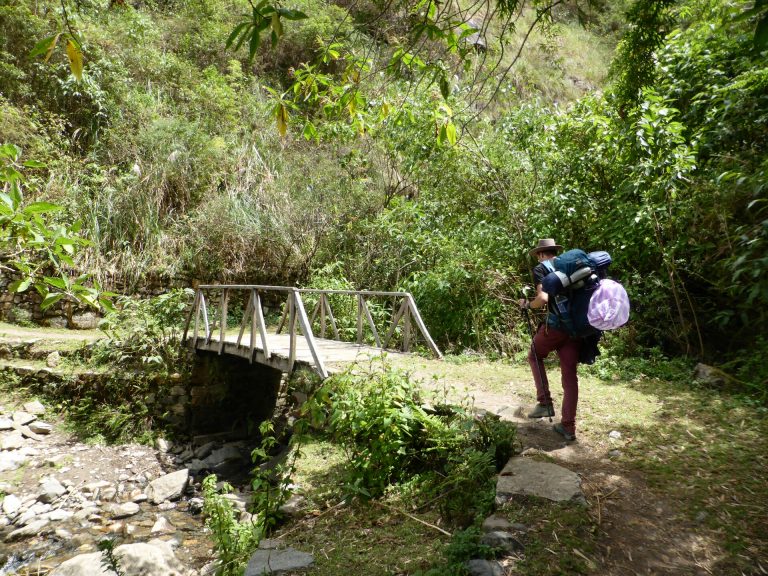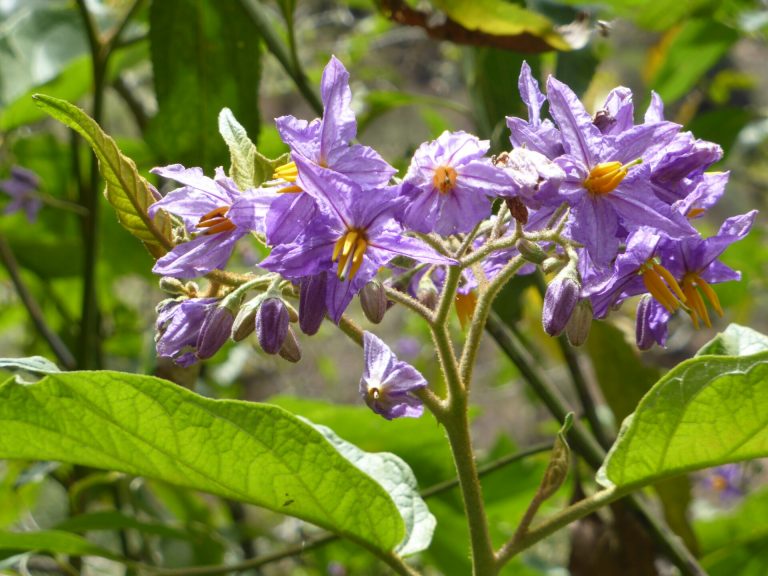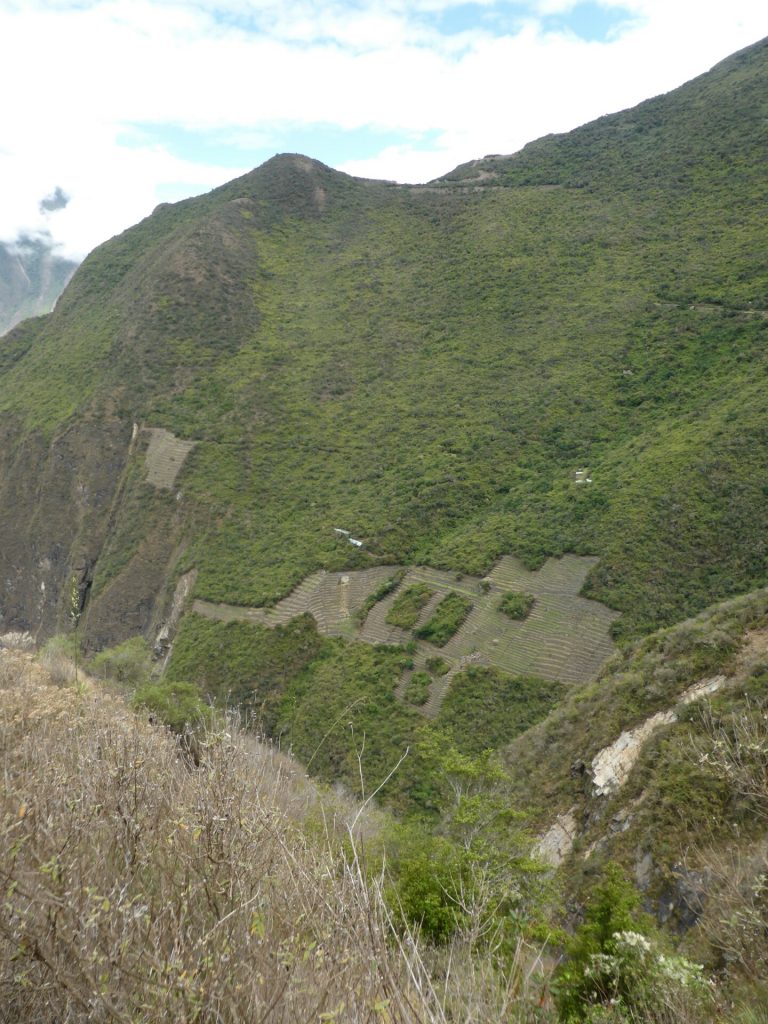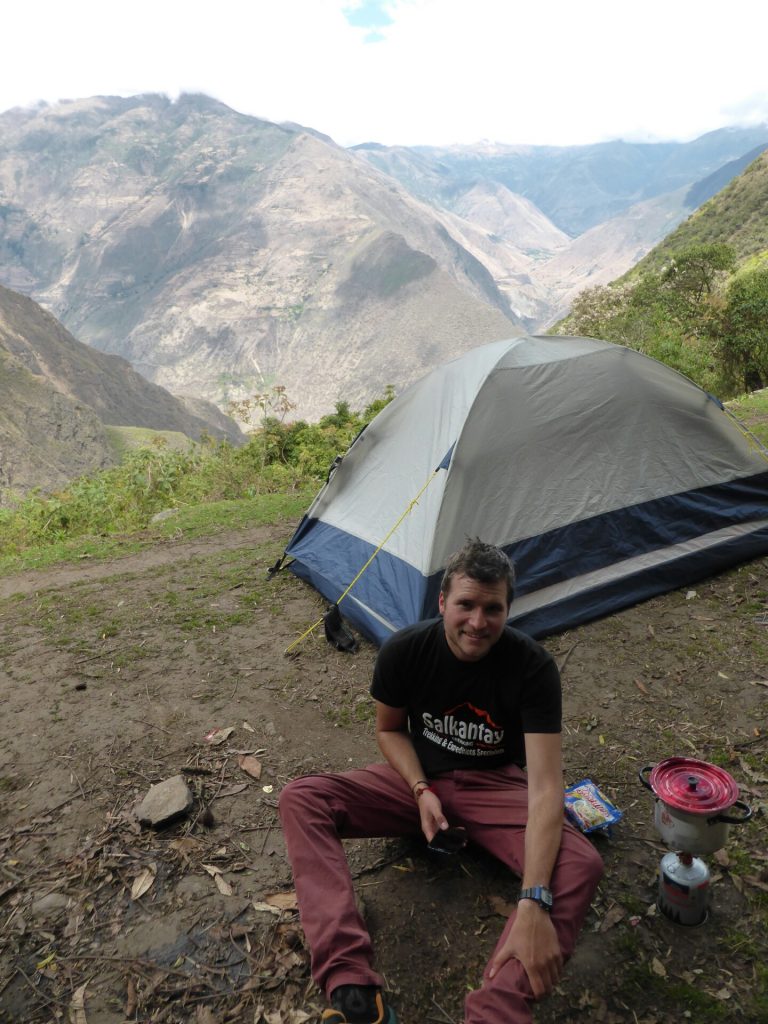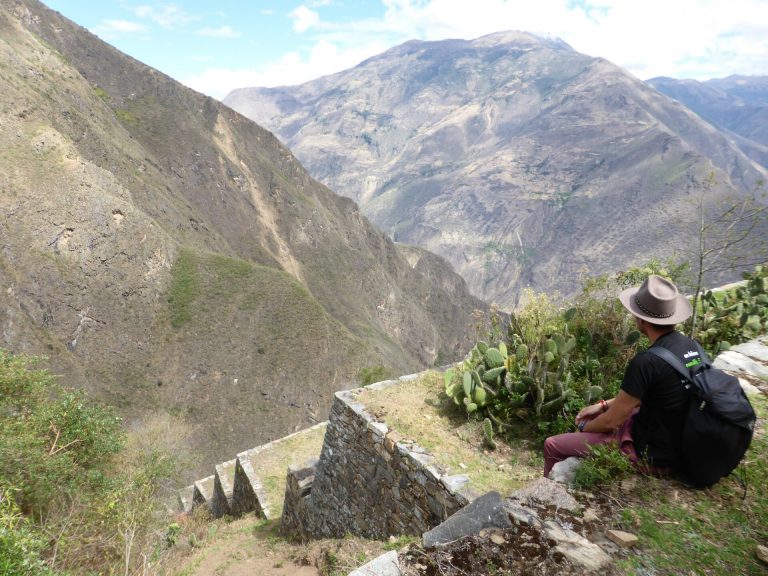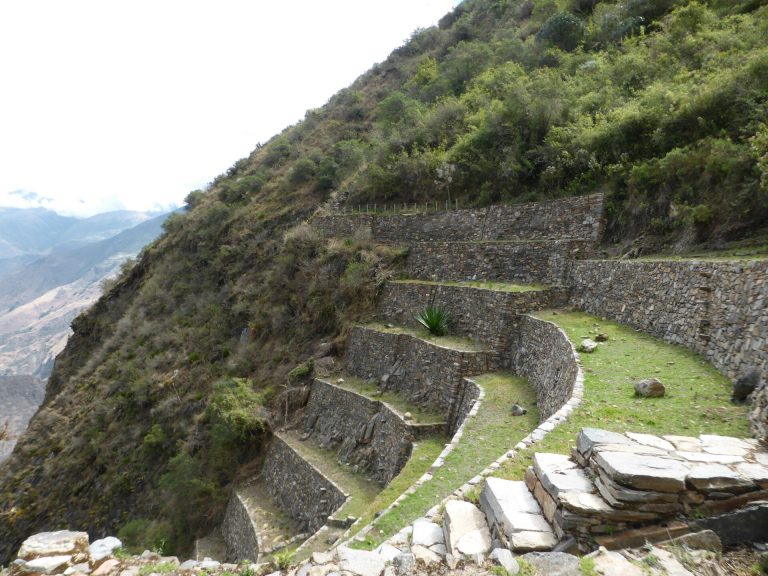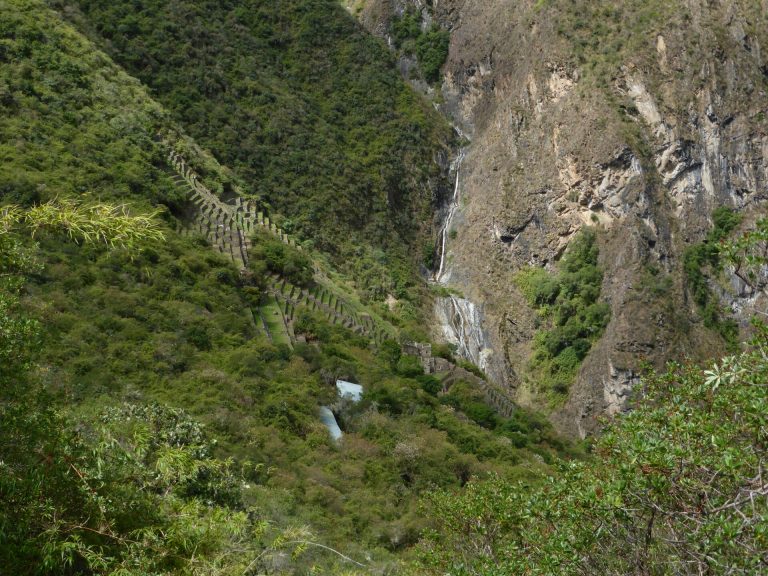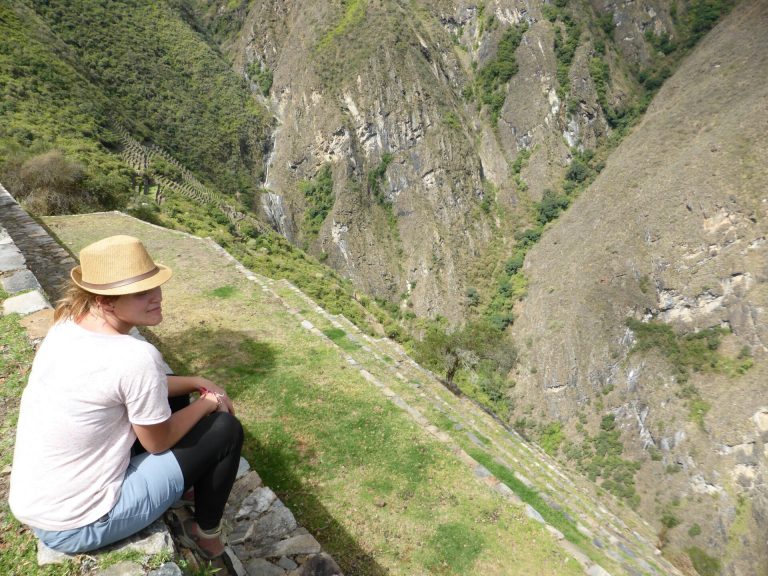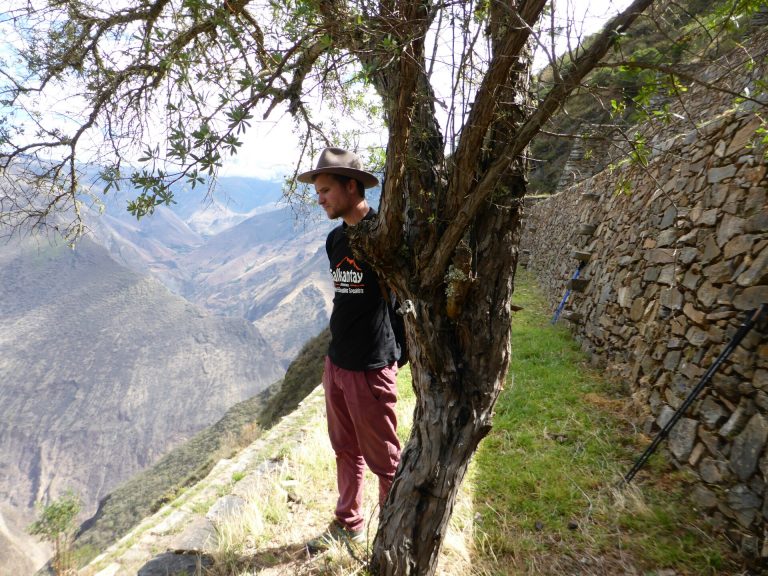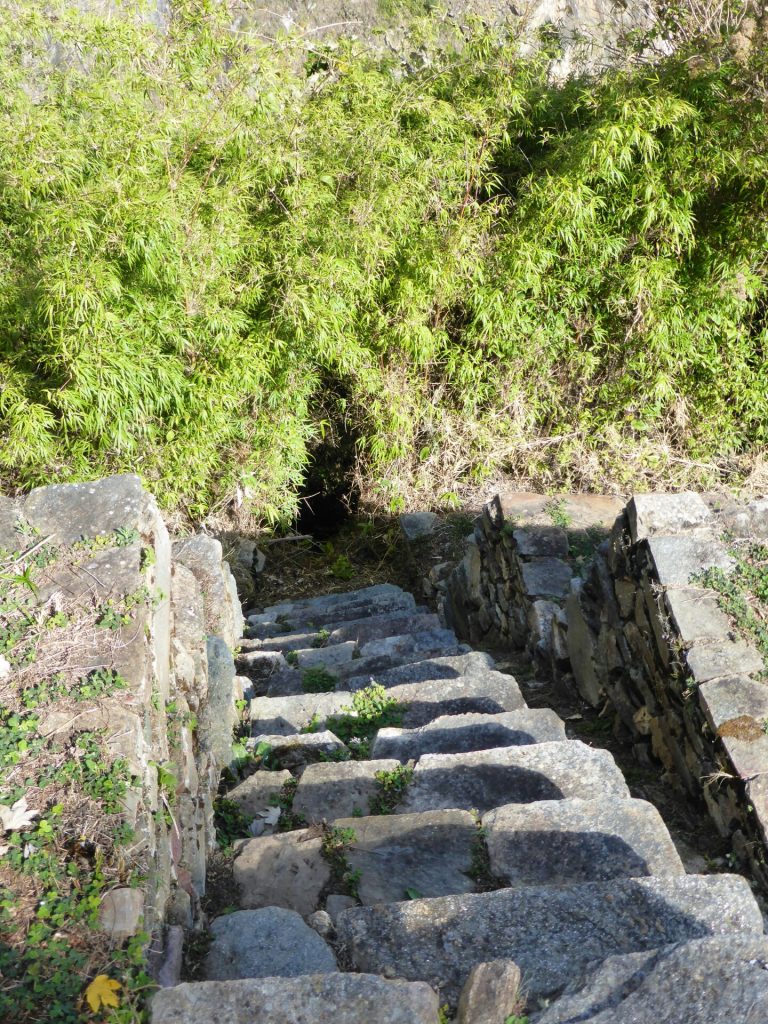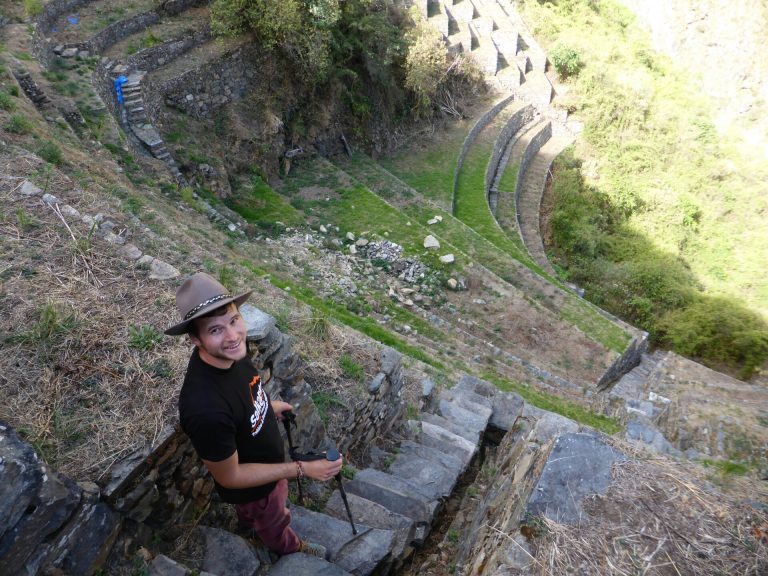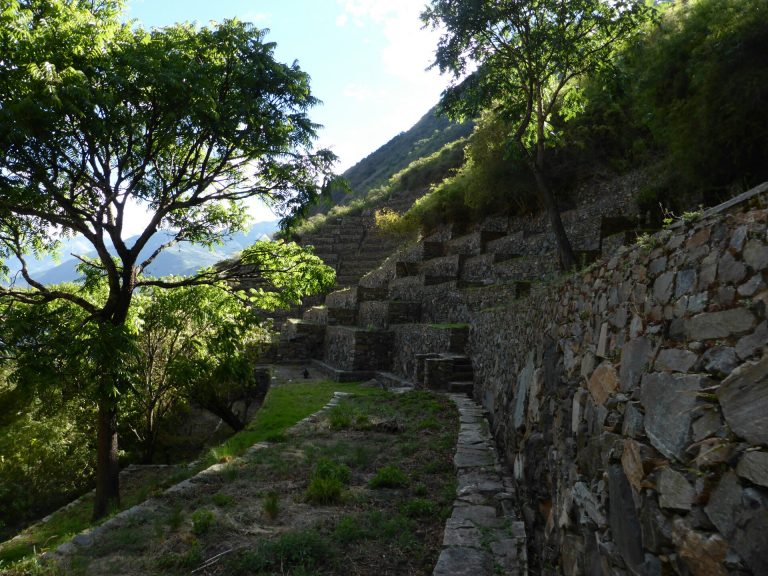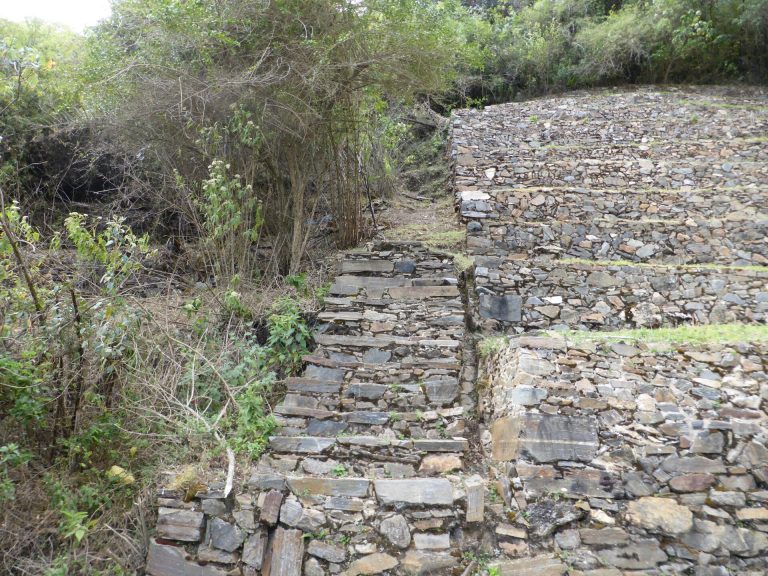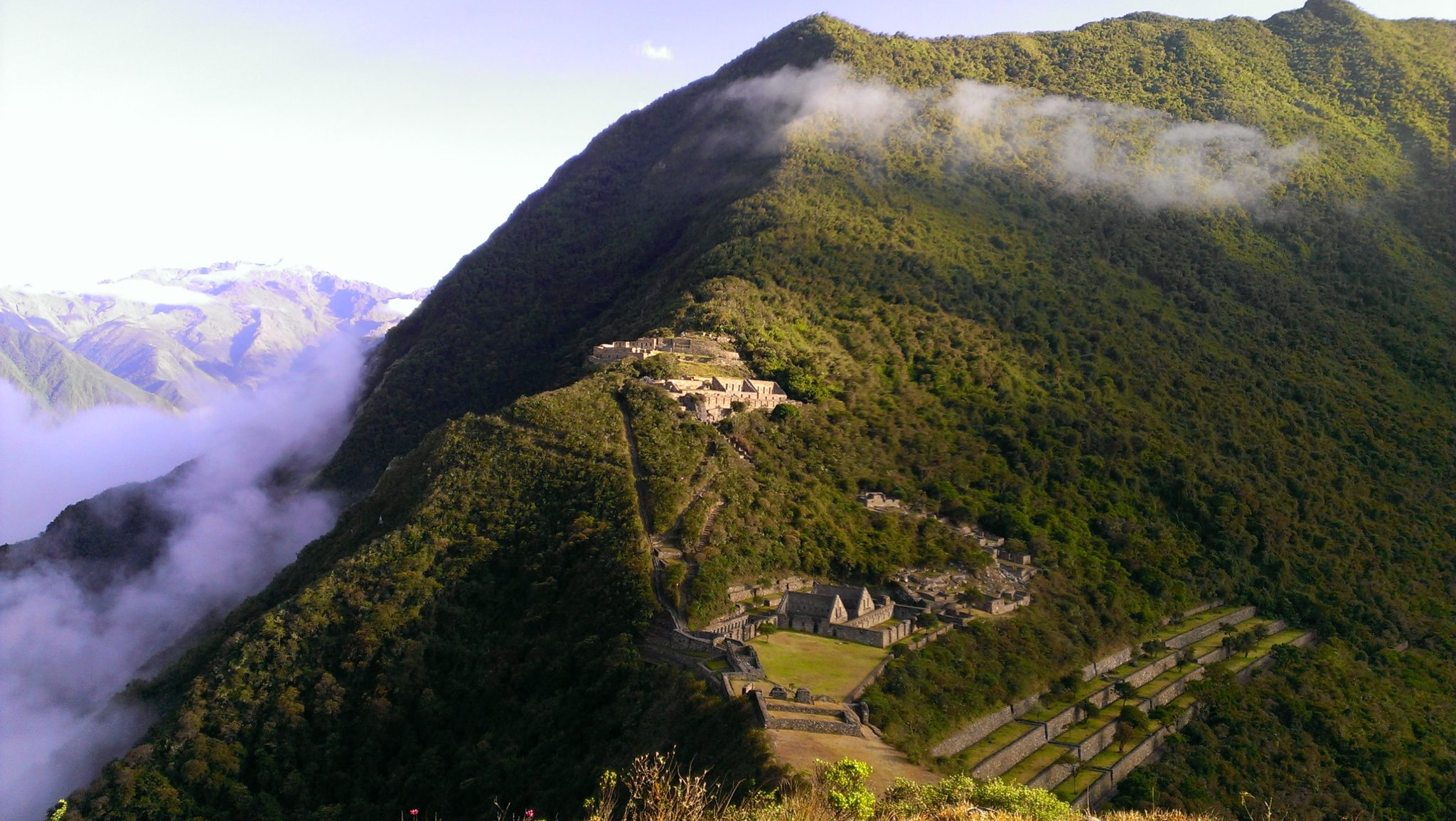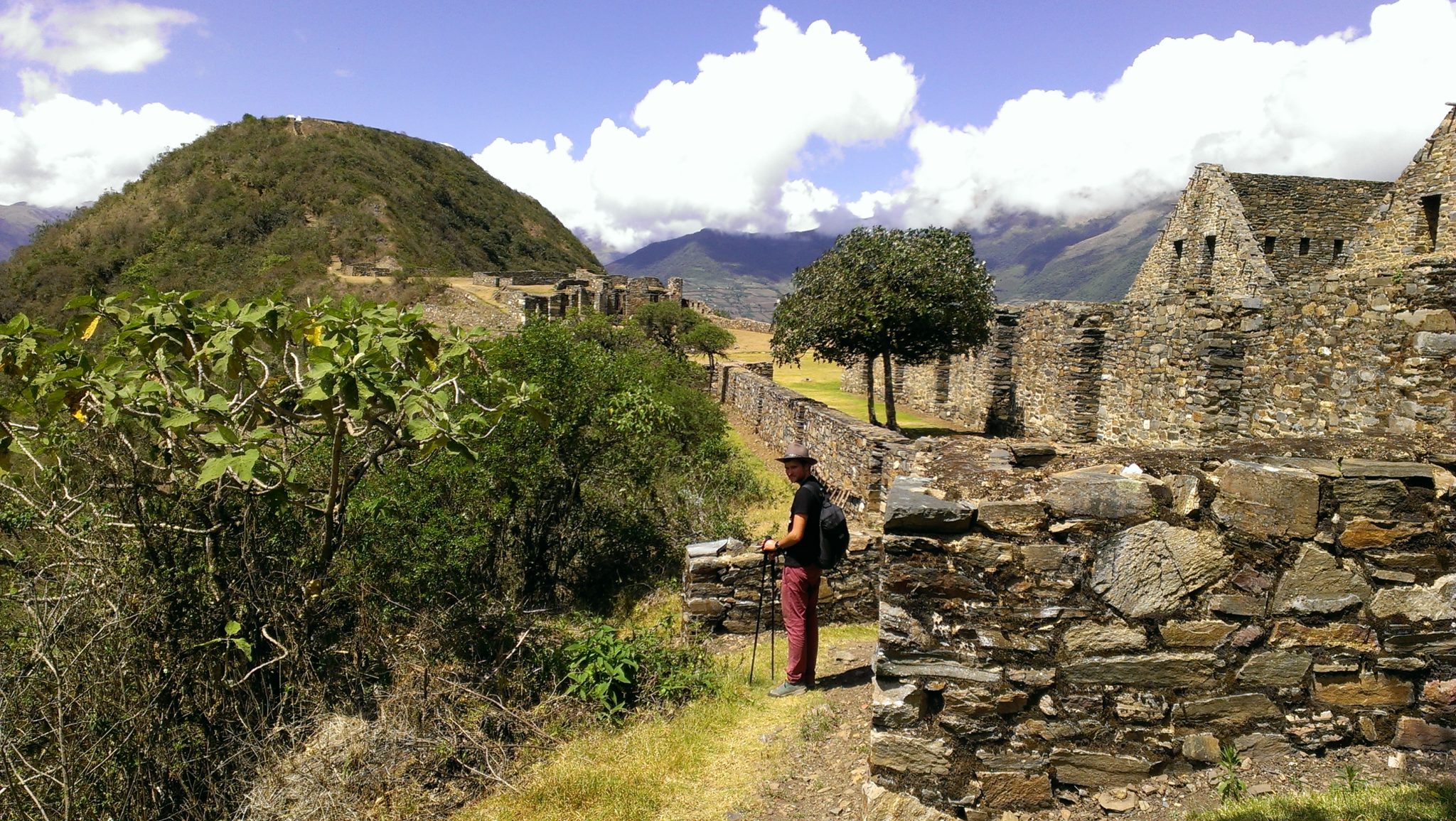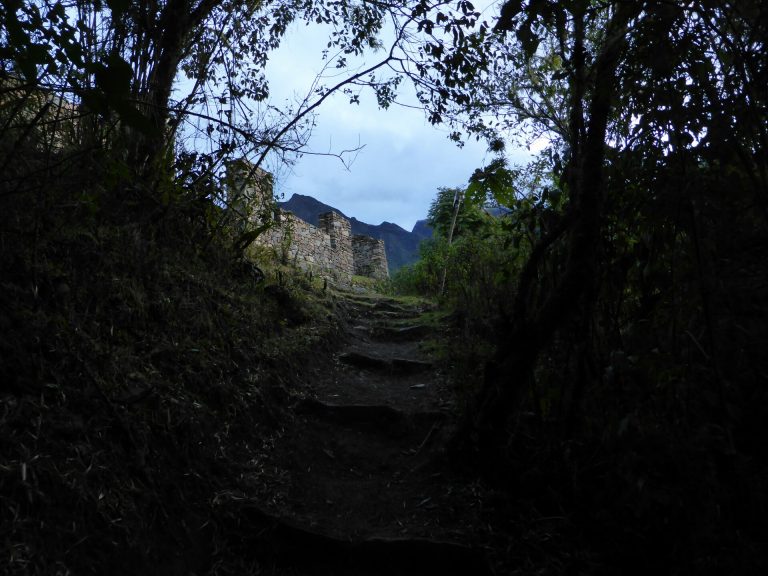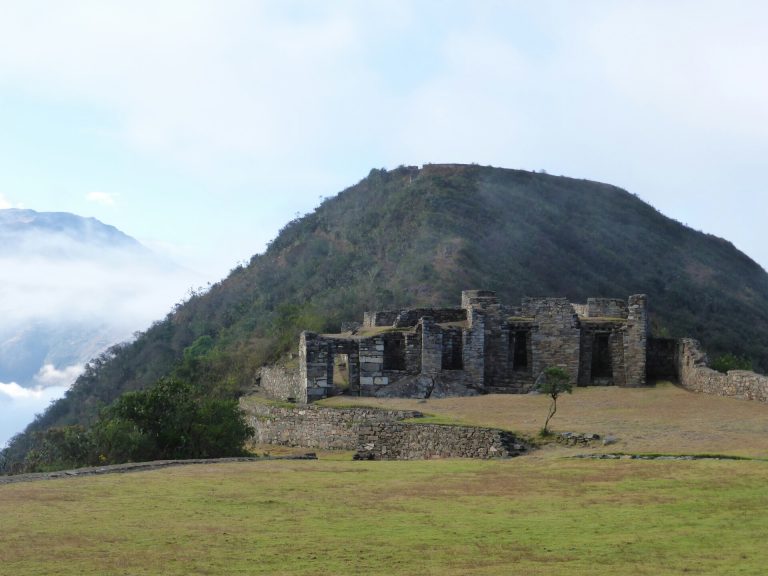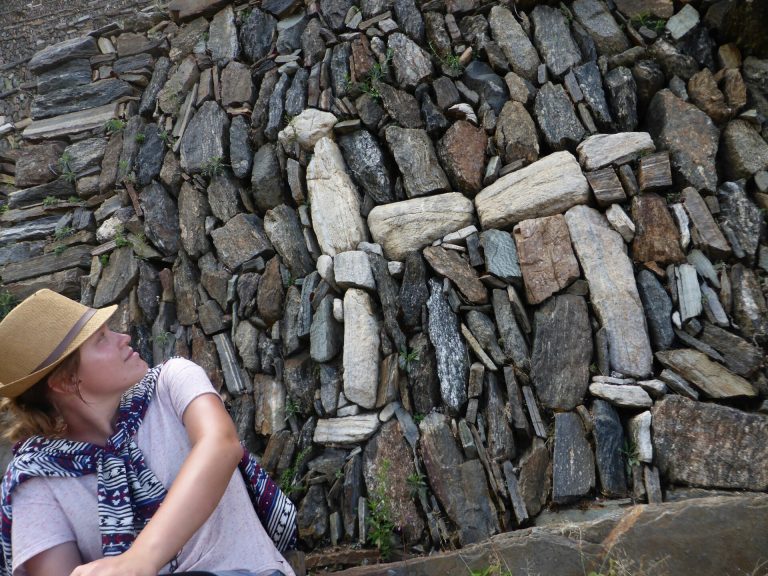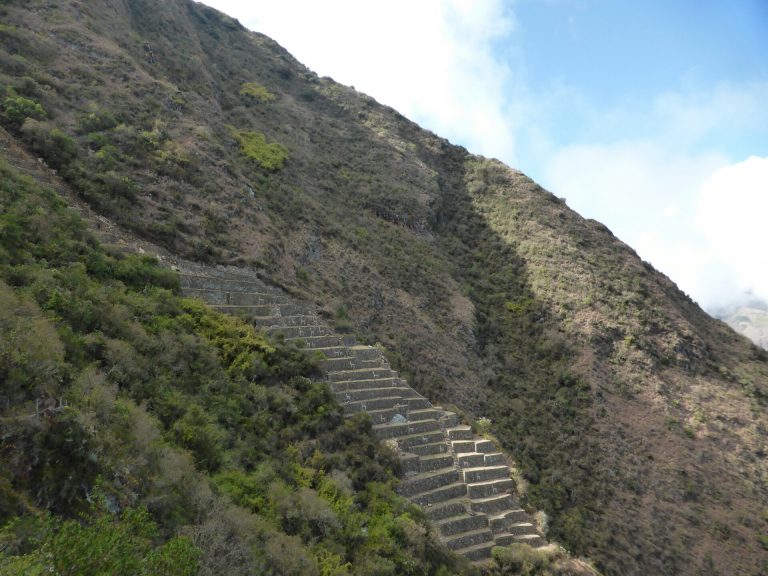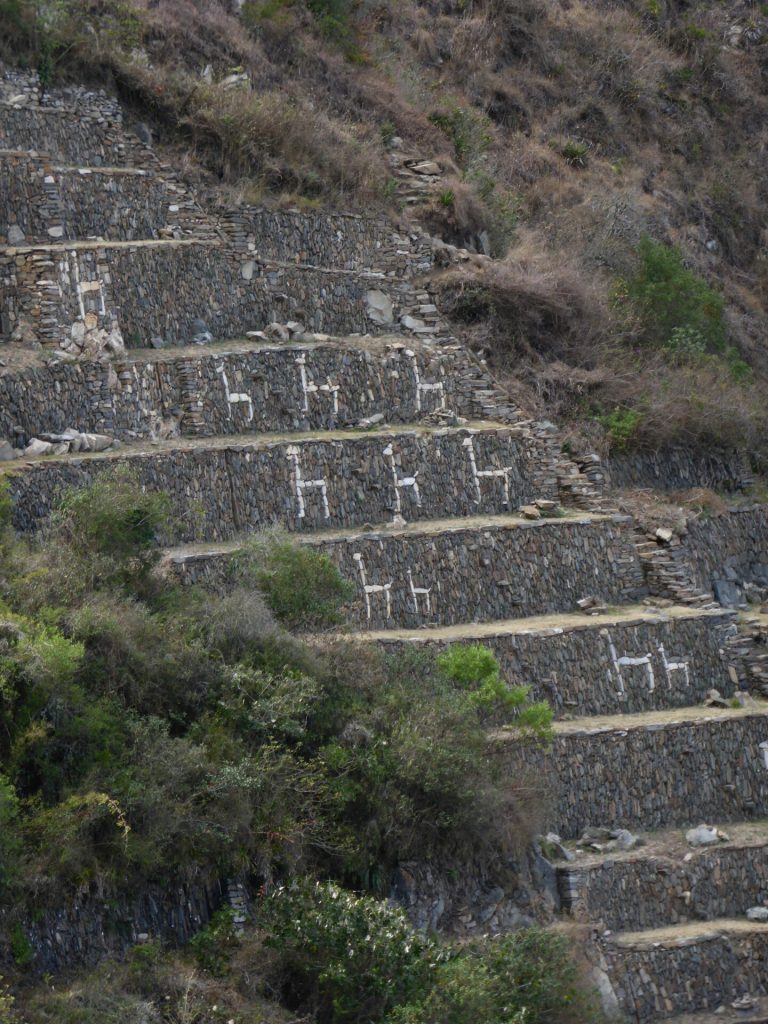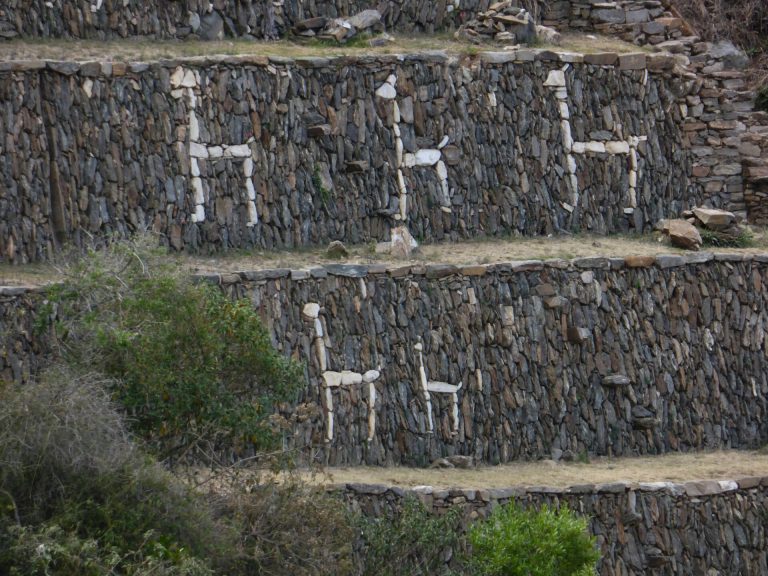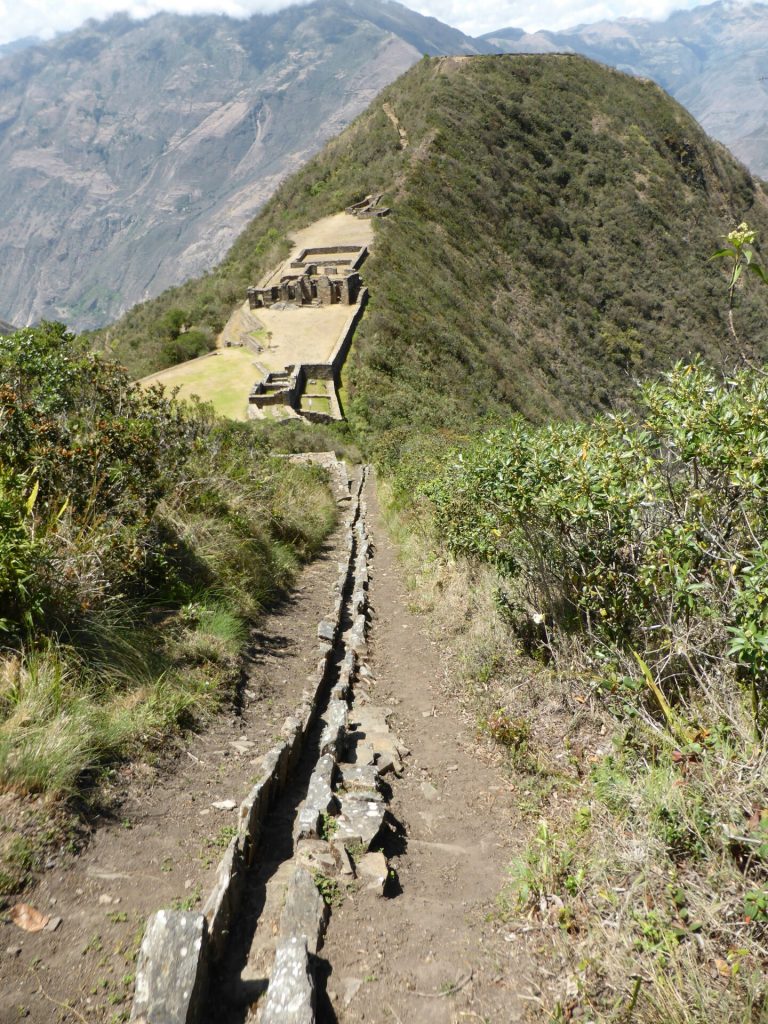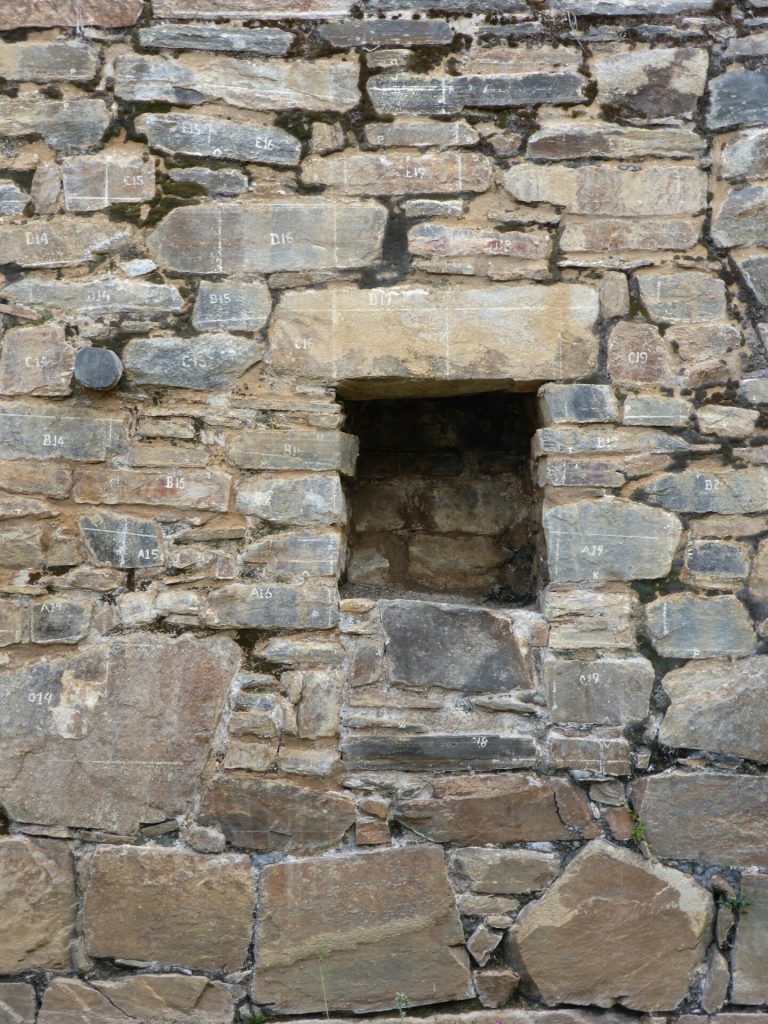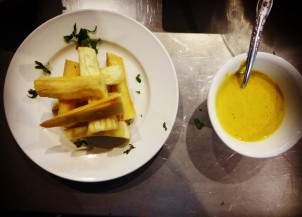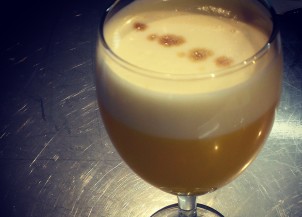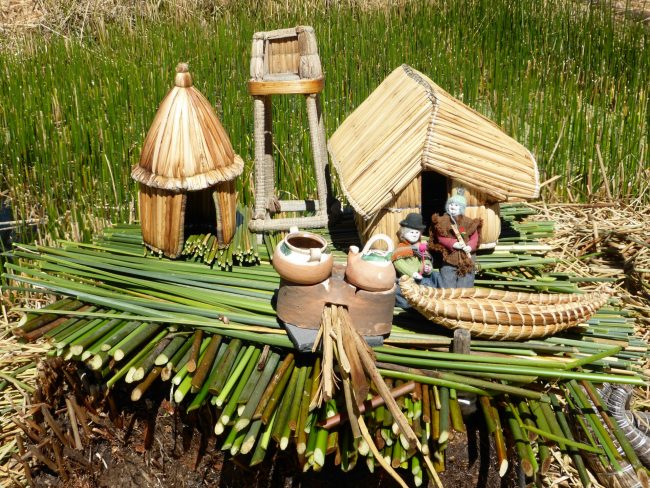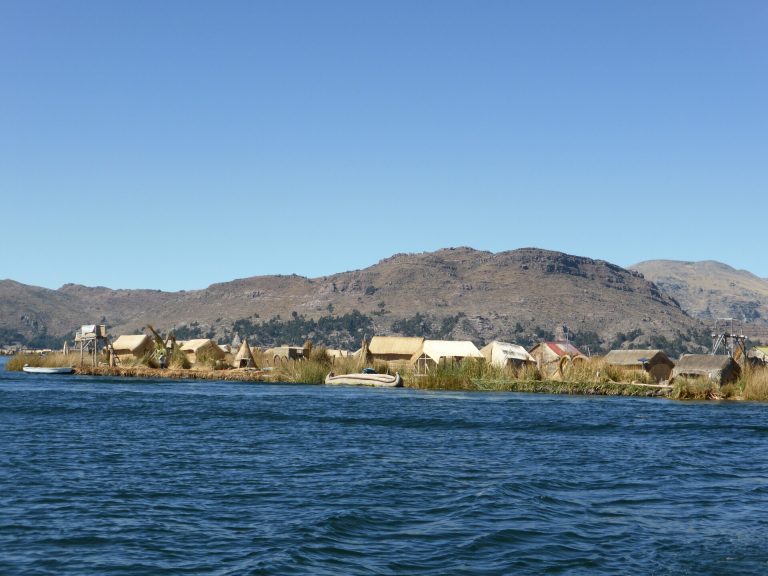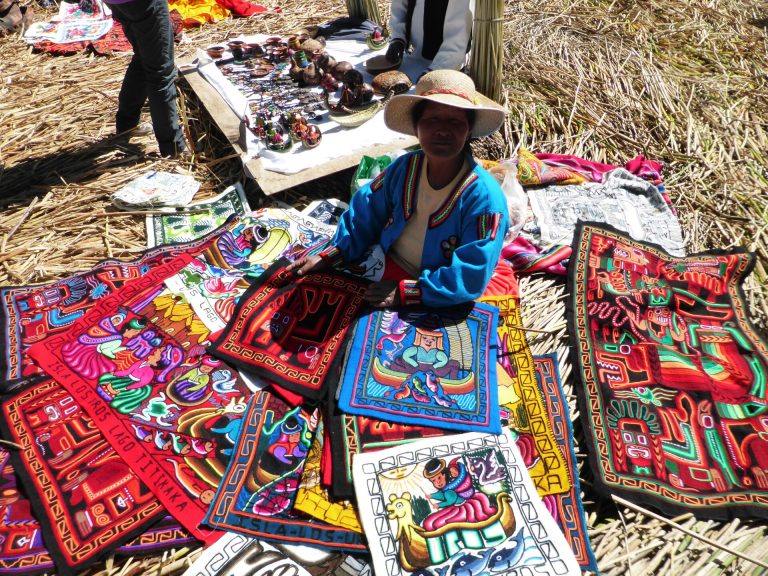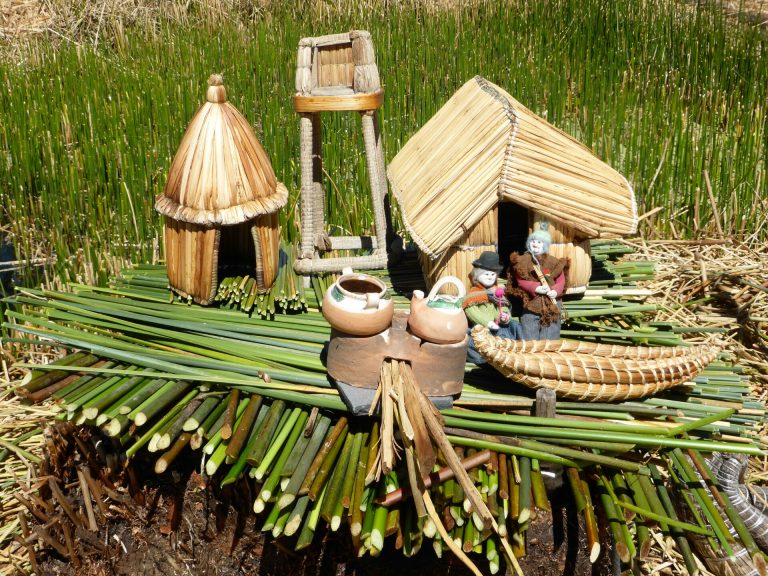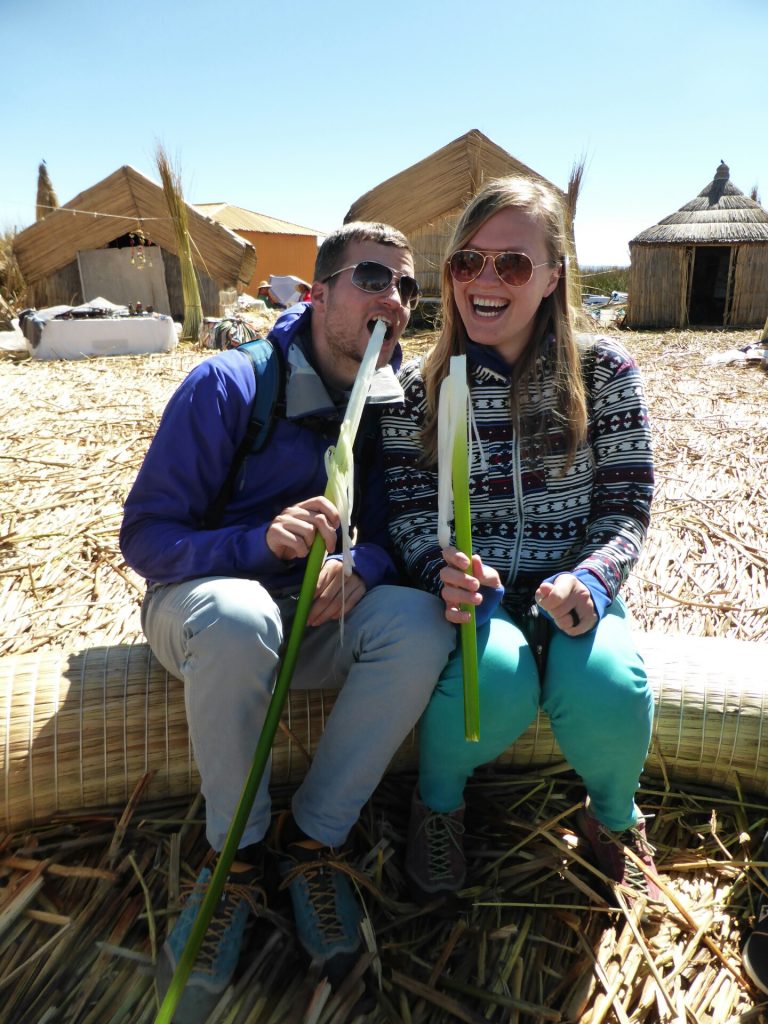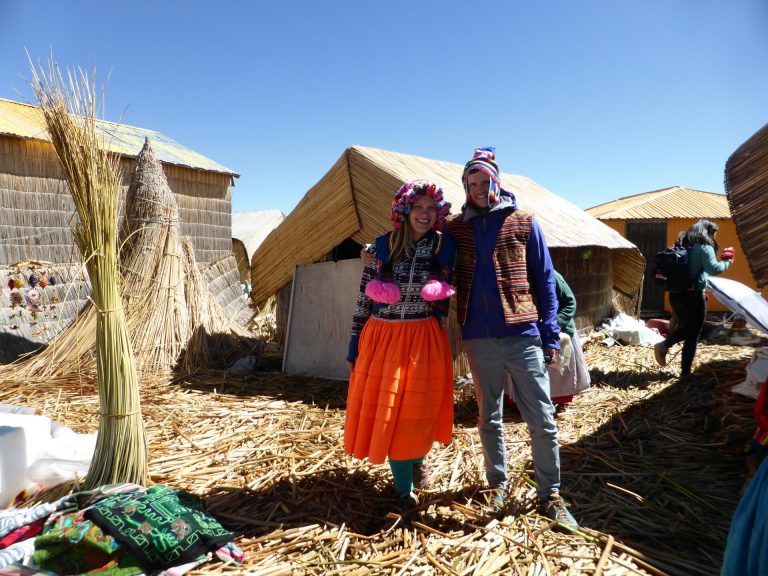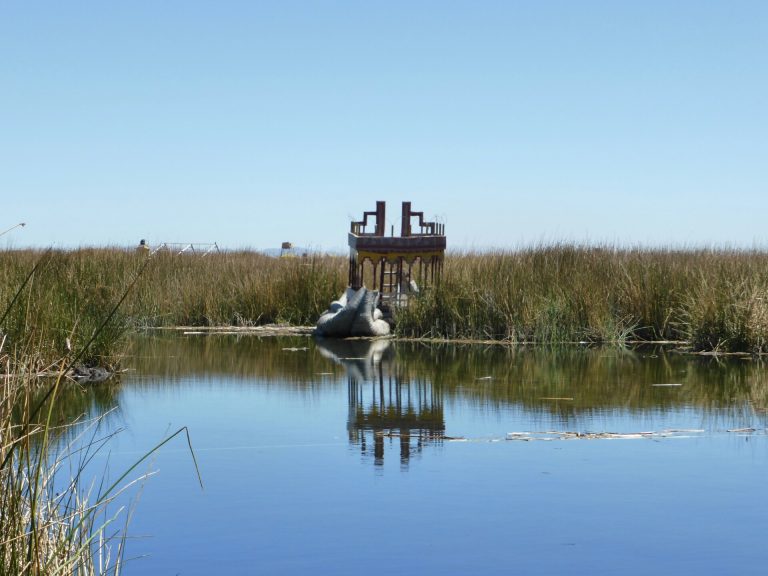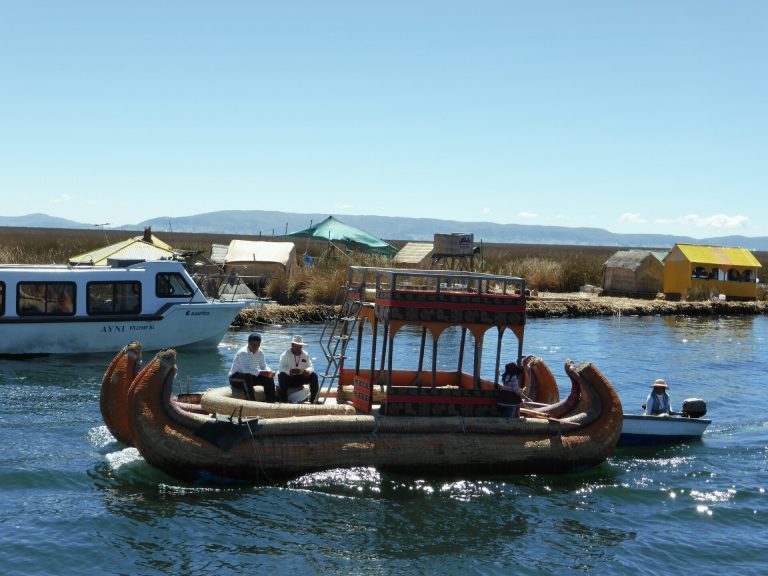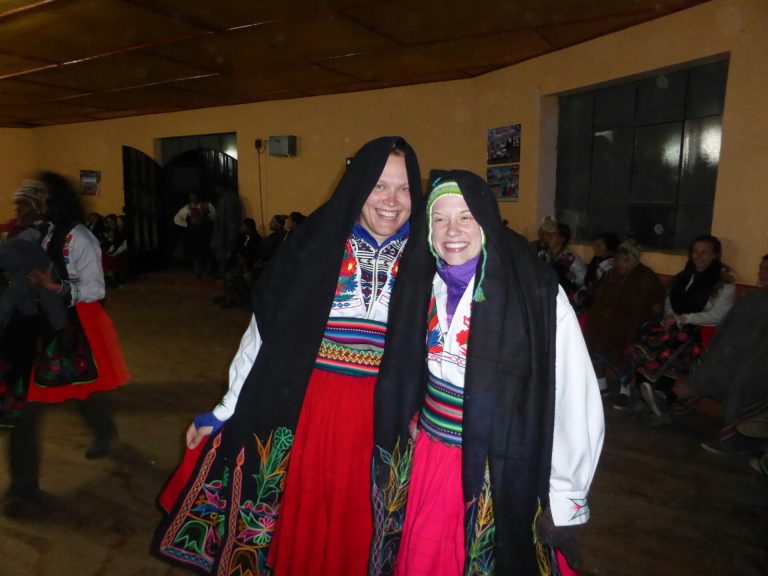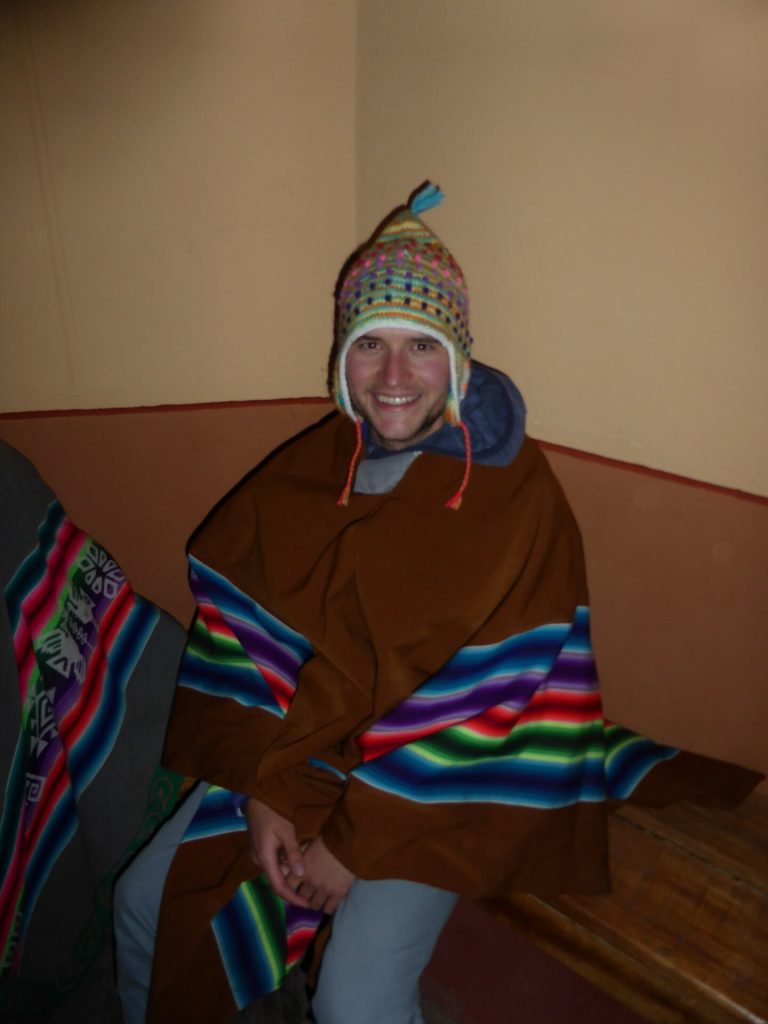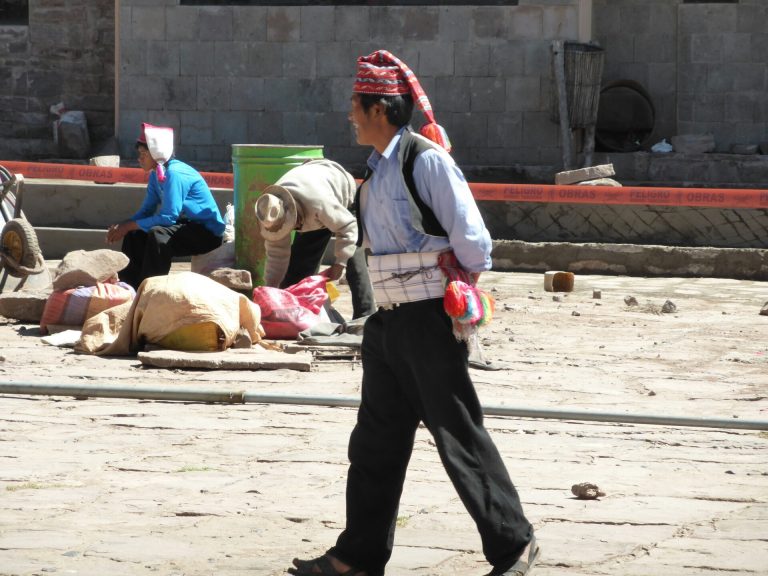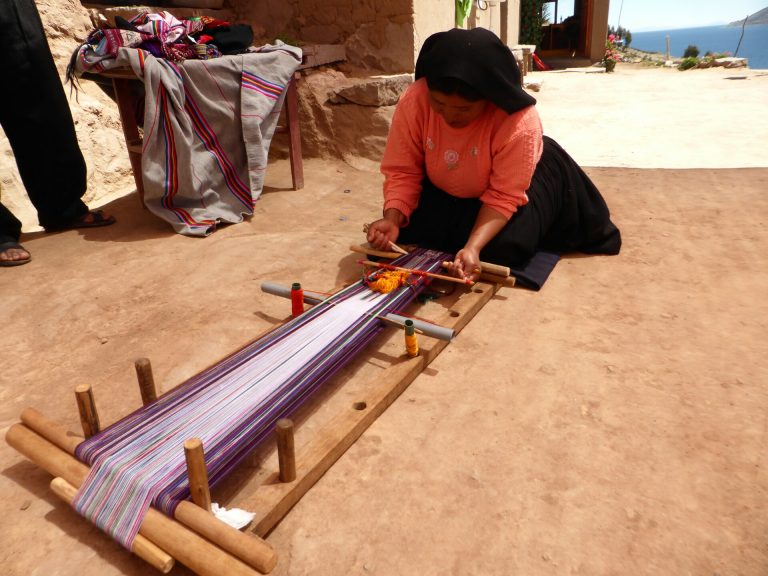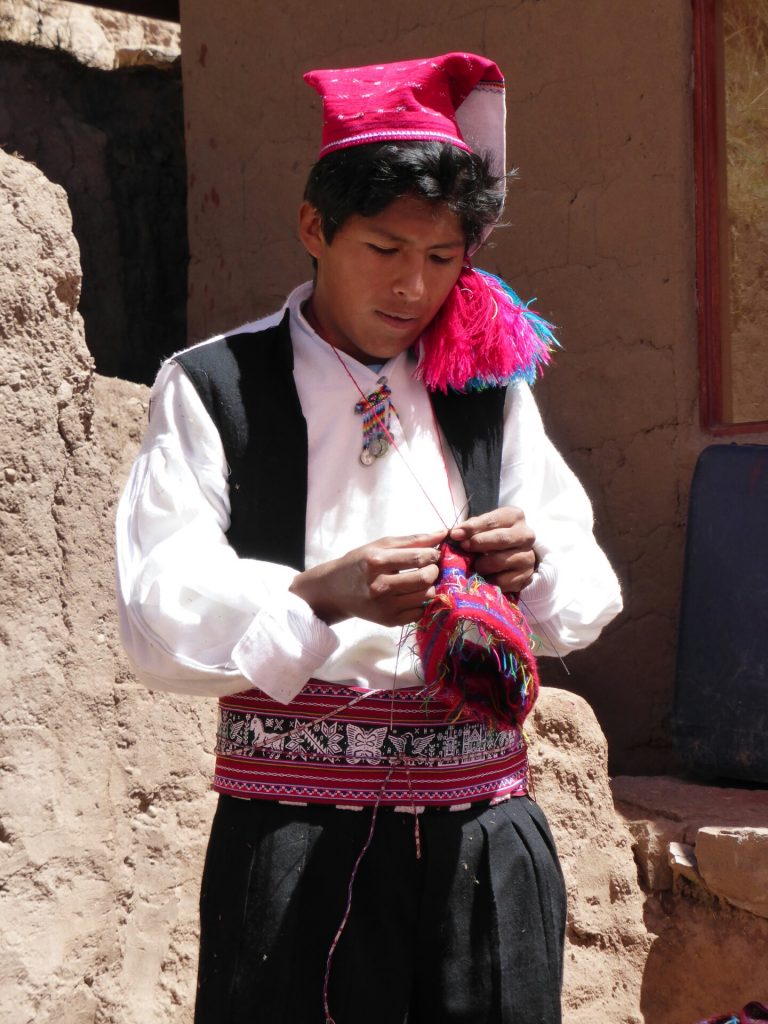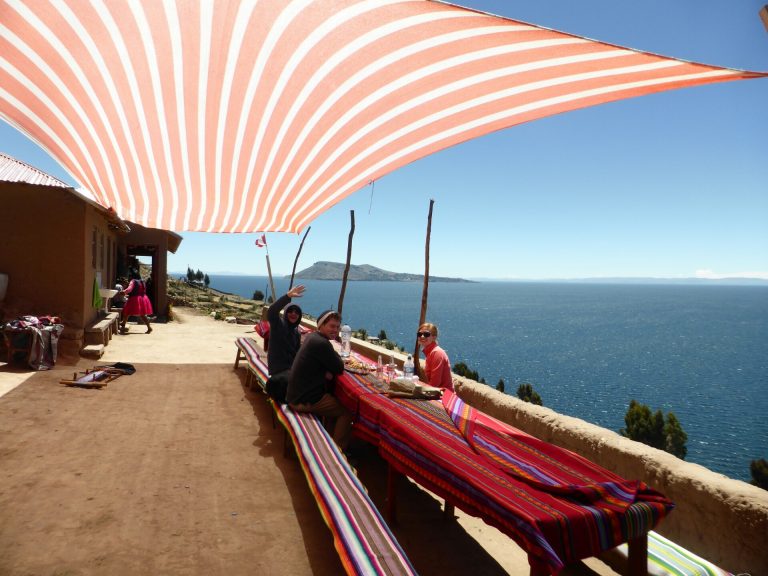Going to the Amazon region in Peru we didn't know what to expect, except for mosquito bites and sweating like in a sauna. We also heard that people were way nicer than in other parts of Peru, warmer and more welcoming. The sweating part started already in the bus to Tarapoto which took 18 Peruvian hours (27 European hours). The change in people never came.
Arriving at the hostel we realized we were one of very few that came for the nature and not to take drugs (Ayahuasca ceremony is a tradition in the amazon but also a main tourist attraction for those who like to fly away). In Tarapoto except for close meetings with insects of all kind we managed to see monkeys, amazing butterflies and huge, hairy spiders. Obviously it wouldn't be me if I didn't fell somewhere and killed one of those hairy spiders with my hand...
From Tarapoto we traveled till the end of the road so till Yurimaguas, a tiny town where there is nothing special except for a cargo boat that would take us to Lagunas from where we would reach our goal Park Pacaya Samiria- the biggest protected area in Peru, second biggest in the Amazon region (20 000 km²). The cargo boat was just amazing, cargo and hammocks hanging everywhere, nice people, nice views, heaven. Only the sanitary of the boat was to say the least rustic. After 13 hours we arrived in dark, dark Lagunas as they only have electricity for a few hours a day...
To go to the park we had to have a guide so we asked around already in Yurimaguas for prices and there was one typical Peruvian answer from everyone we asked: they have an association of guides and that's why they all charge 150 soles per person per day..."But for you my friend 100 (or 110 soles) but in secret". On the next day after arriving in Lagunas we started our trip with our guide Alberto and his wife Jady. Married for 20 years, so they got married when she was 15 and he was 32... On my question of how they met, they only smiled...
With them we spend 8 pretty fun days enjoying the nature around us. We saw 5 types of moneys, birds, a sloth, otters, an anaconda and much more. Finally on that trip I started enjoying fishing. I remember when I was a kid and I was going fishing with my dad we were waiting hours in silence to catch ANYTHING. Here in the jungle, as soon as anything hits the water it is attacked by piranhas and other creatures which makes fishing extremely easy and fun for everyone. And with a stick and rope... That I'm not going to mention our fishing techniques like just throwing a spear or just swinging a machete blindly in the water. Even the net which had more holes than net was so successful that already while spreading, there were fish in it. Obviously we had a mainly fish diet those days with rice, pasta and the main ingredient in the amazon- banana. Many different kinds of it. But my absolute favourite was suri- delicious larvae from bugs taken from the inside of a palm fruit. Mmmm...
Normally everyone who wants to see the jungle goes to Iquitos, where one has to pay serious money and everything is organised. The locals call the kind of tourism that goes from Lagunas "tourismo de aventura" (adventure tourism). Couldn't be more true, starting from sleeping on the floor in huts (floor and huts are both an overstatements) and finishing on taking a shower on our canoe (because going to the water could mean the last shower ever) taking water from the river with a bucket and having manyyyy crocodiles looking at us. Alberto was also a man of adrenaline and so he took us multiple times to watch caimans at night when they are the most active. Totally living on the edge considering that I read wikihow, before going, to find out what to do if attacked by a caiman and there first fundamental advises were: don't go where you know there are caimans living and 2nd if you have to go then don't go into the water, no canoe. And there we were in our canoe, at night staring at them. Our dear Alberto spotted a hugeee black caiman of around 6 m, a beast and we started following him. At some point the beast stopped but we didn't because Alberto really wanted to go as close as possible (or rather impossibly close) to the point where the crocodile started hissing at us. At that point we were already begging him to paddle away, I was already seeing us being eaten with pleasure. We definitely had more luck than brain and the crocodile ran away, splashing water and fish at us. Wet and happy to be alive we continued to look around when Alberto caught one of the small crocodiles with his bare hands, he placed him between his knees and paddled further as he saw another one. Possibly he wanted to catch the other one as well but it was bigger than he assumed and when Alberto approached he got scared and ran away leaving us wet for the second time that night. And then I felt something was walking on top of me, touching it I realized that Alberto let the caiman that he had between his legs go and now he was running through me till the end of the boat. After some time I realized that I had a lamp with me which I switched on to see our caiman scared out of his mind. Alberto went like if nothing happened till the end of the canoe, grabbed the crocodile and said "foto??". And so we took pictures with this nice, not so little friend who decided to go against his nature and not bite us. On the last day of our trip maybe to redeem himself Alberto had a little suprise for breakfast. A crocodile.... In my mind I was just hoping it wasn't the same, friendly one that we met a few nights before...
How to get to Pacaya Samiria Park and how much does it cost?
Visiting Pacaya Samiria from Lagunas is a way cheaper alternative when compared to Iquitos. But it´s also a bit more adventurous when it comes to accommodation and sanitary which has it´s charm:)
The whole journey starts in Tarapoto. From there we went by shared car to Yurimaguas (20 soles each, 2.5 hrs). From there we took a cargo boat called Eduardo to get to Lagunas (30 soles each (around 8 euros), 13 hrs) . It was a pleasant trip and we were mostly chilling out in our hammocks. Except for those, there are other cargo boats going to Lagunas which are cheaper (20 soles p.p. (around 5 euros)) but it´s rather hard to say which one will leave the port that day. There is always a boat leaving everyday but the time is unknown:) there are also speed boats going in 6 hrs for 40 soles (around 11 euros)
Also accommodation in Tarapoto, Yurimaguas and Lagunas is cheap and there are quite some options to choose from even if for the last two villages there are not that many places online. Double room with private bathroom costs around 30-50 soles (around 8-14 euros).
When it comes to the trip, you can take a guide for as many days as you want, 2 days or 30 days all is possible. The park is huge so it´s good to have as many days as possible and the more days you go the cheaper price per day you can expect. Going for 8 days you can expect 100-110 soles (around 28-31 euros) per day per person but going above that you can expect 80-90 soles (around 22-25 euros) per day. Those prices include sleeping on the floor, food and guide.. all except for the park fee which is 20 soles (around 5 euros) per day per person. For multiple day stay there are discounts so for example going for 7 days you pay only for 6. Obviously for the park fee you don´t need to bargain, it´s set in stone. Which I can´t say about the prices of the guides (prices above are prices after negotiation).
